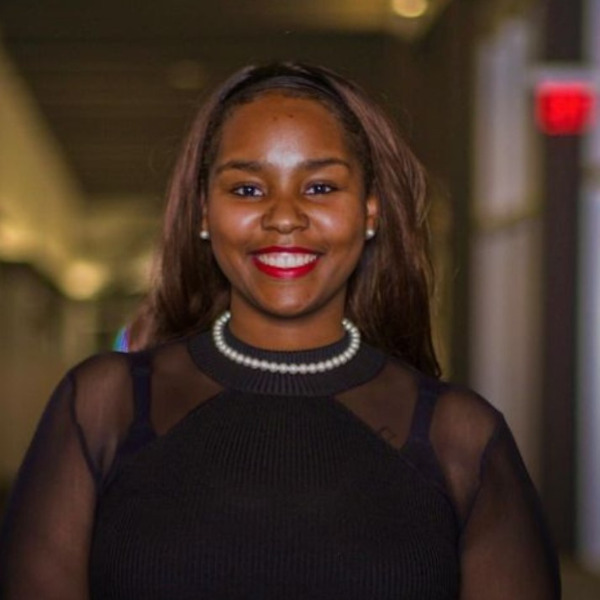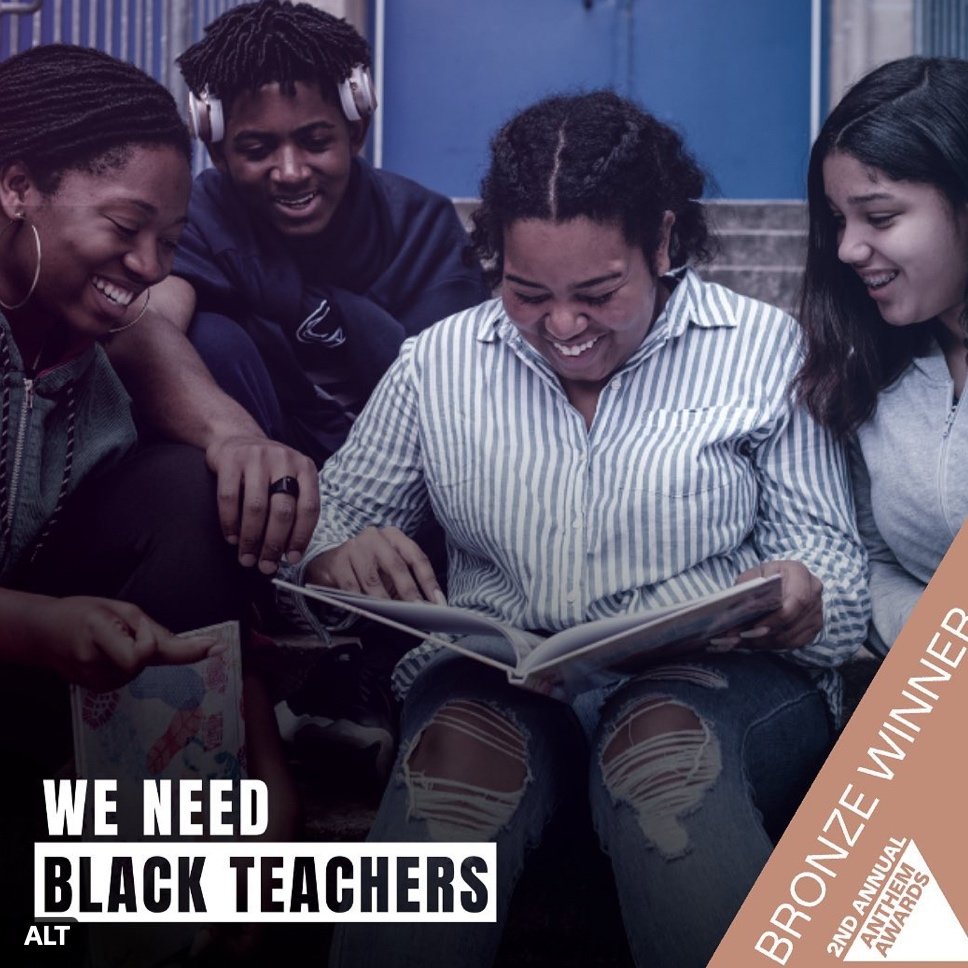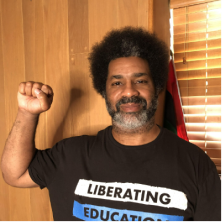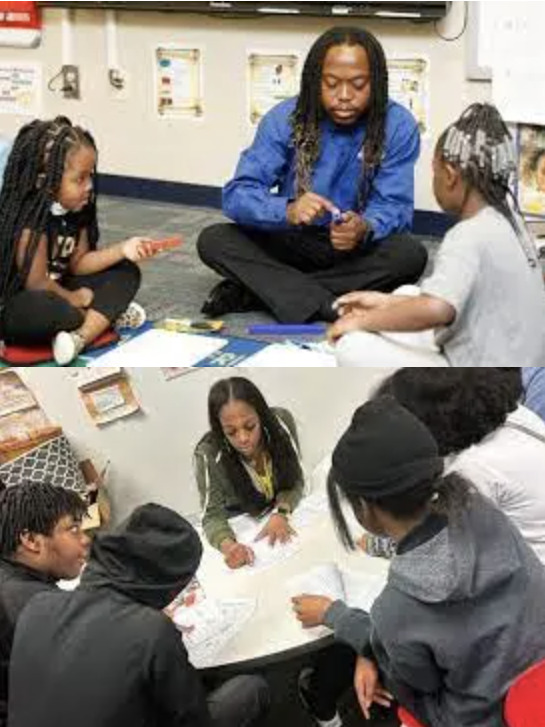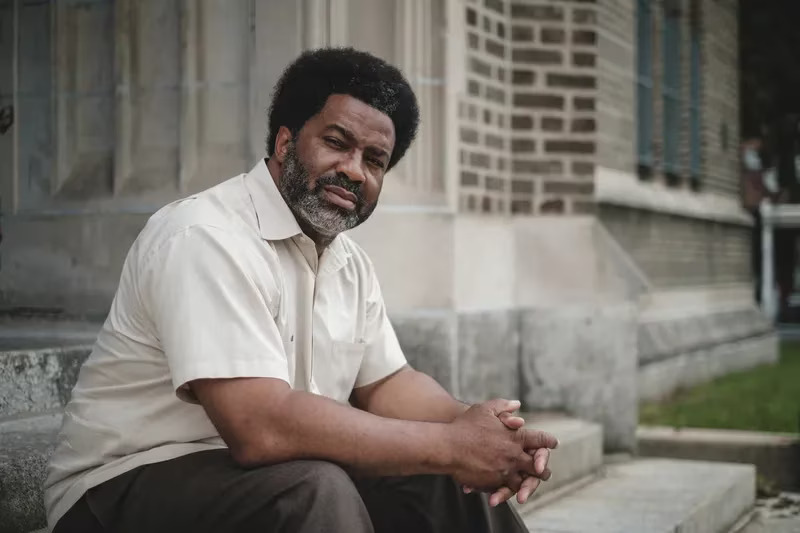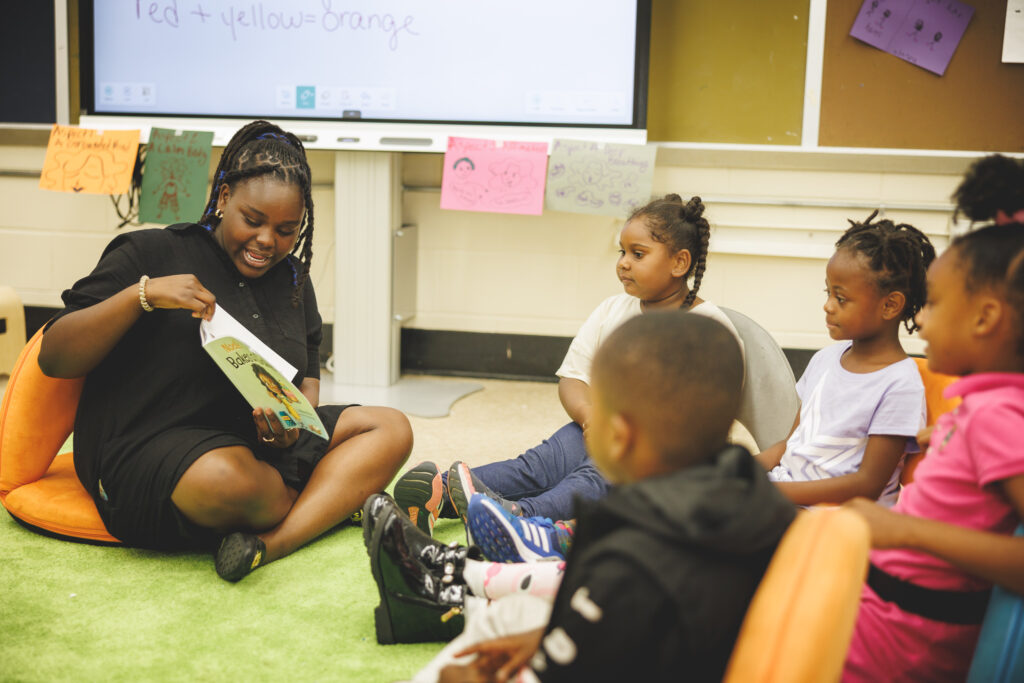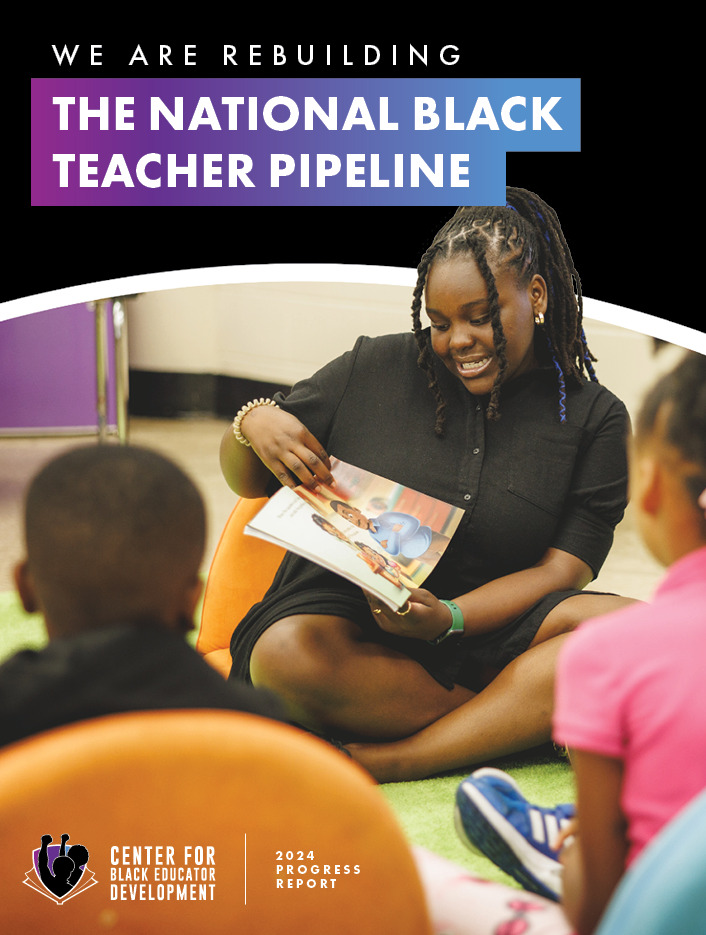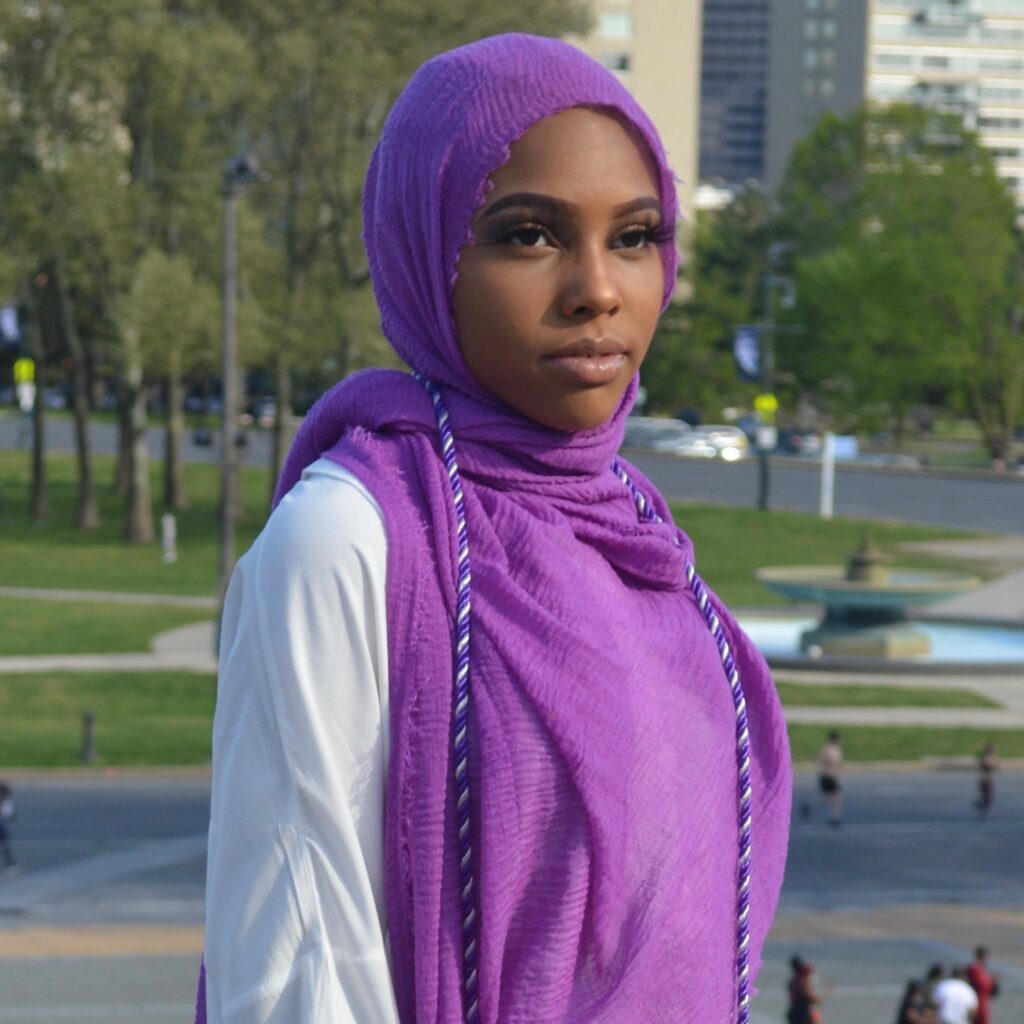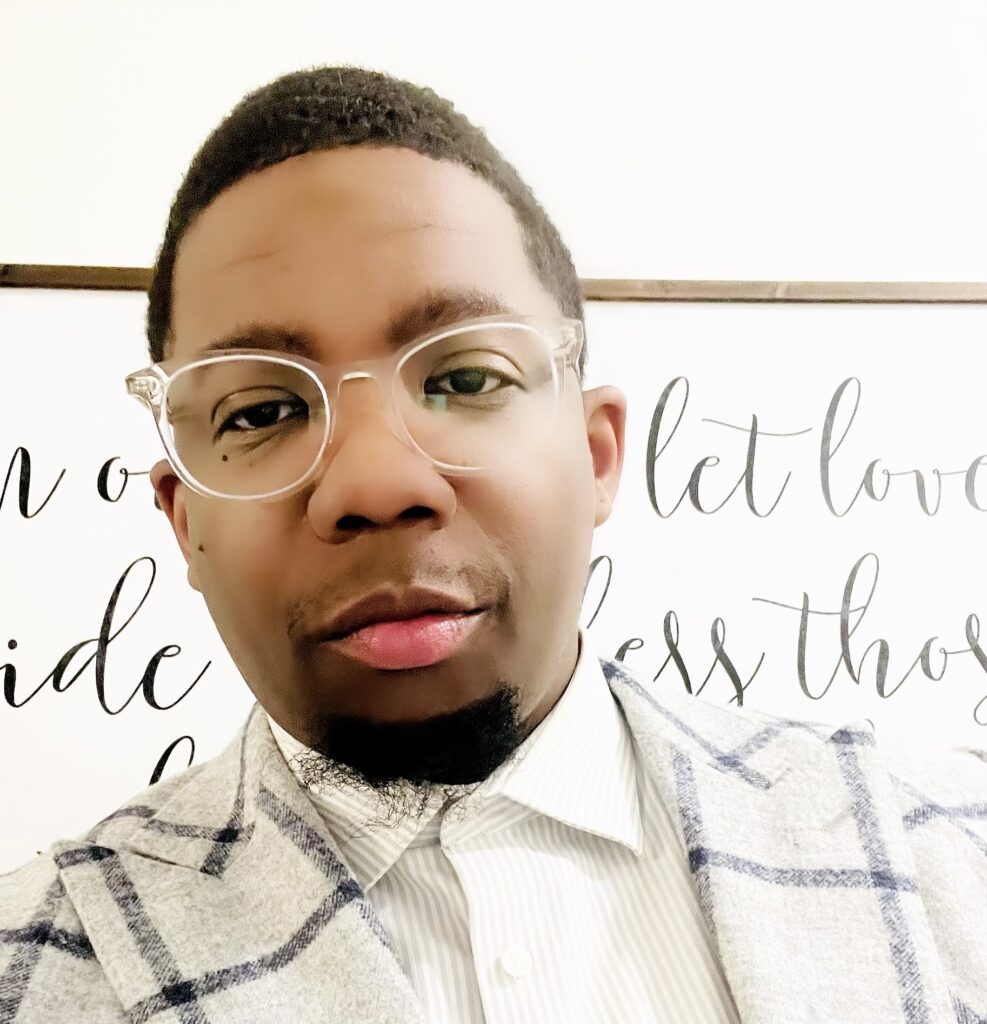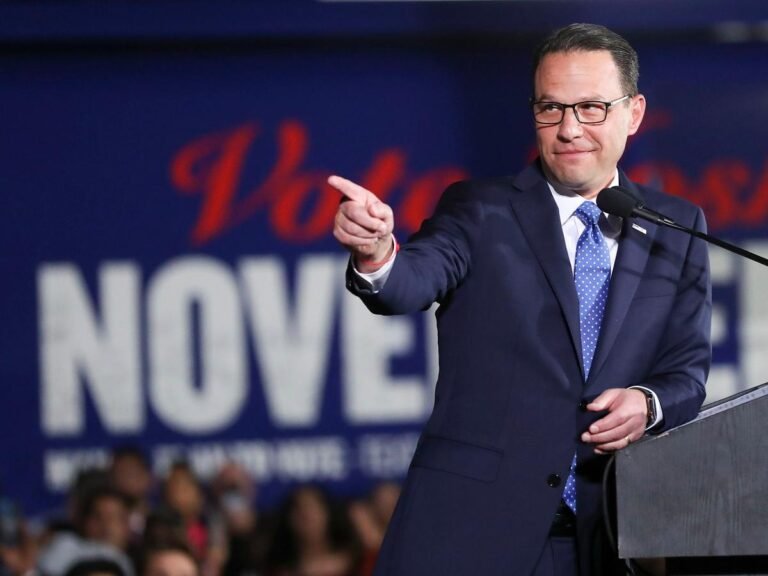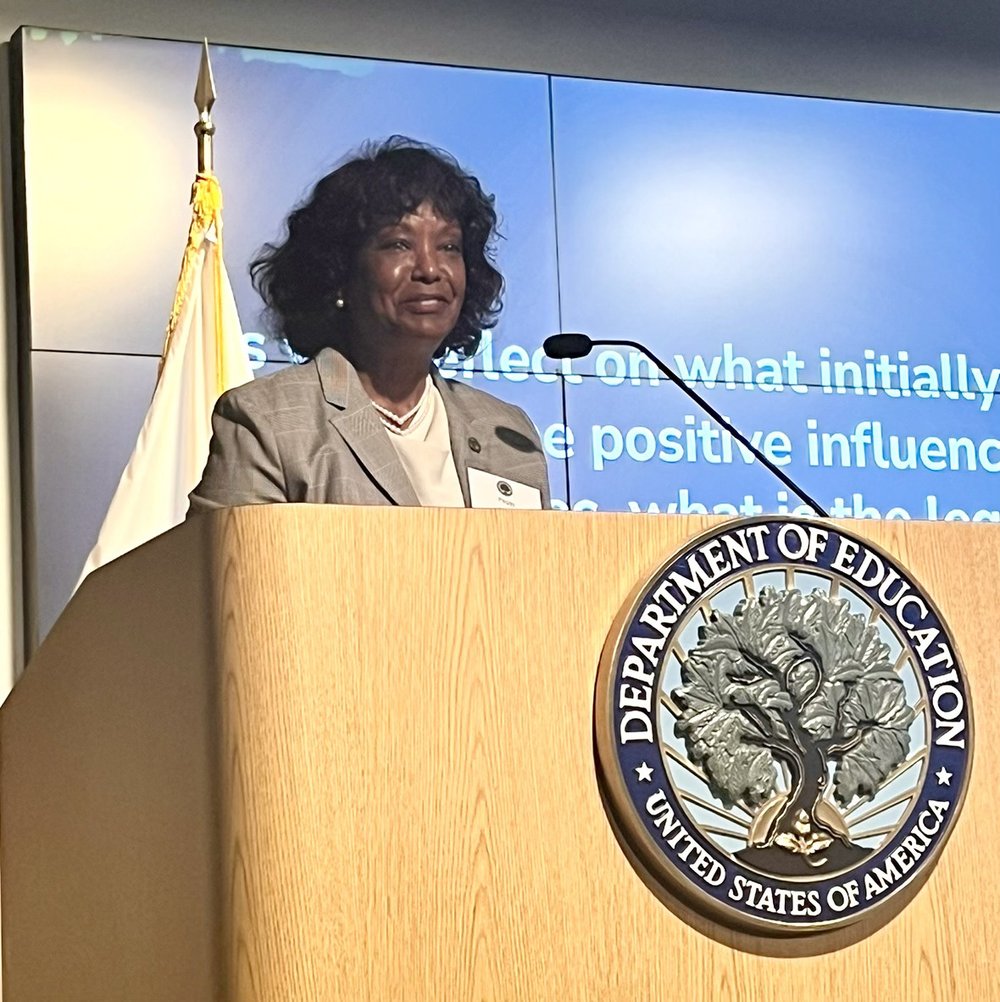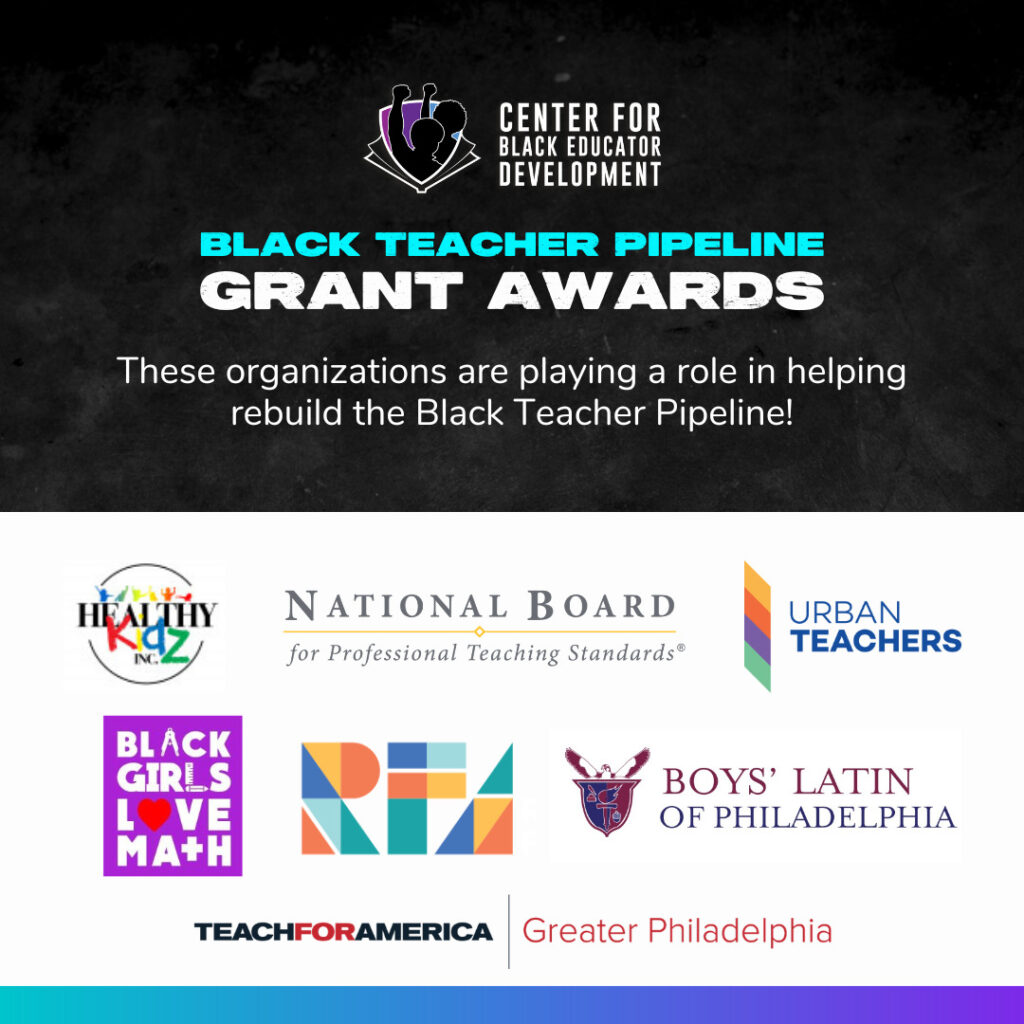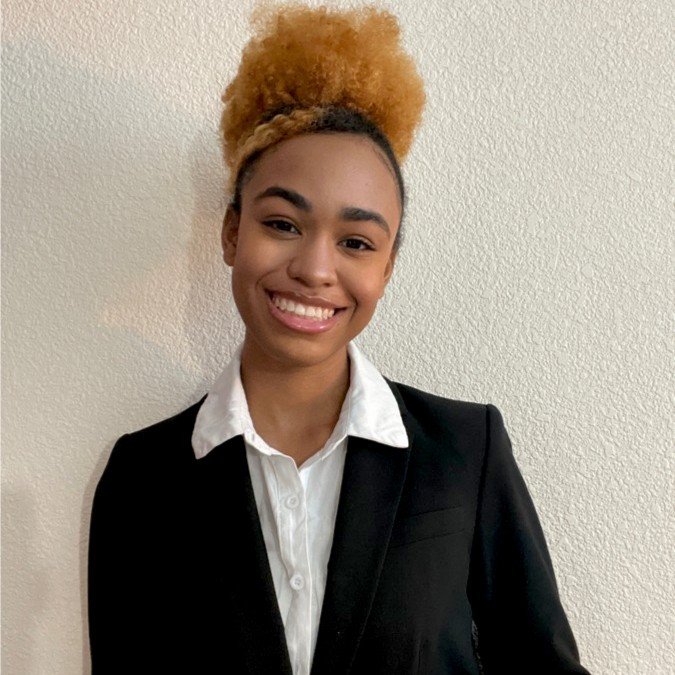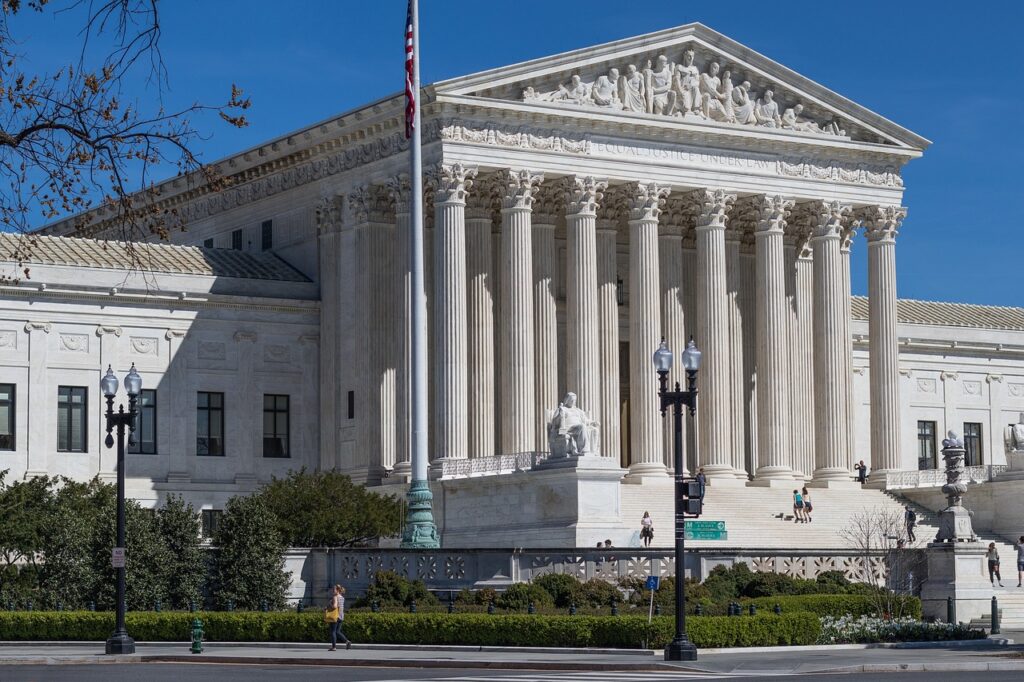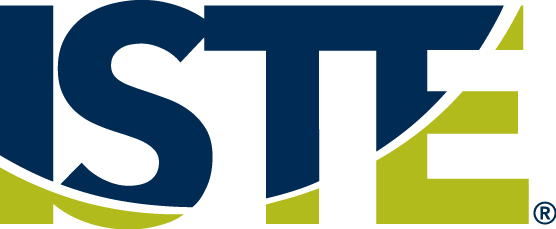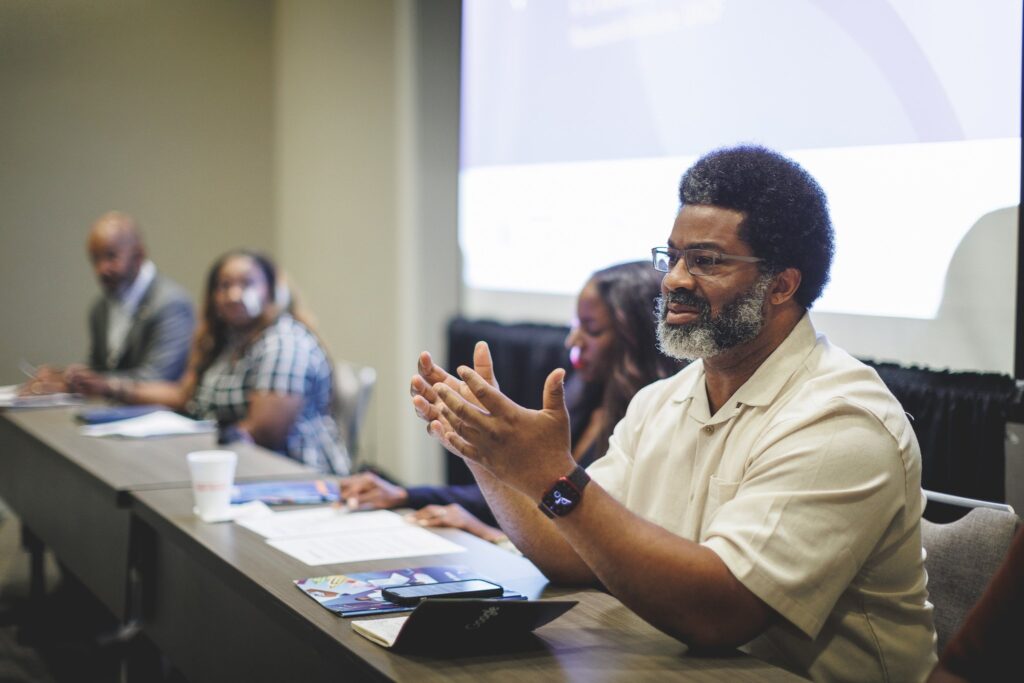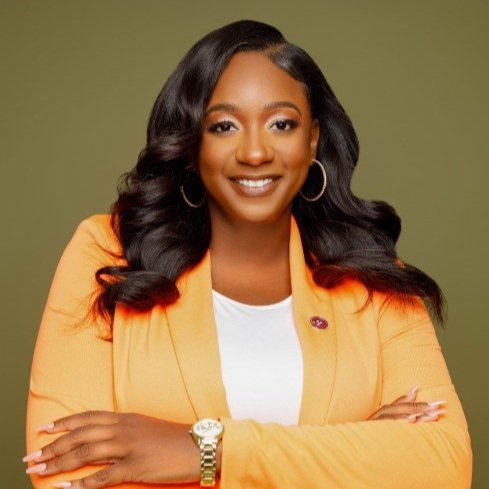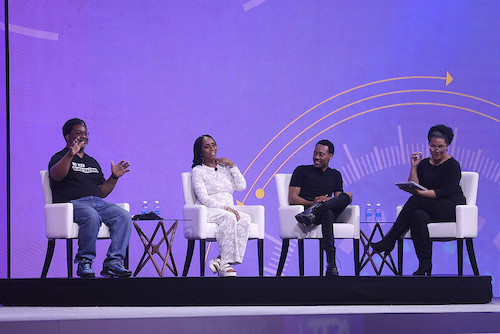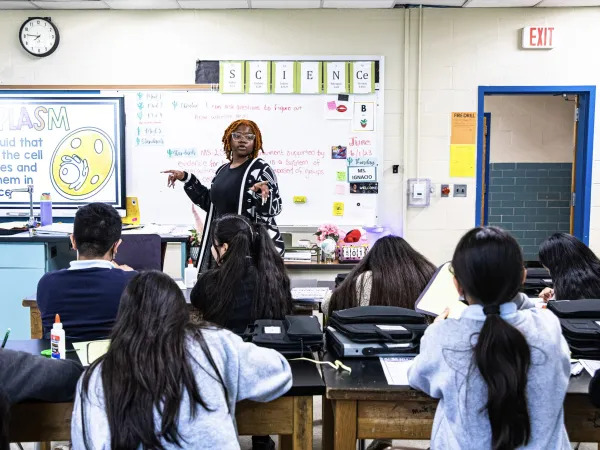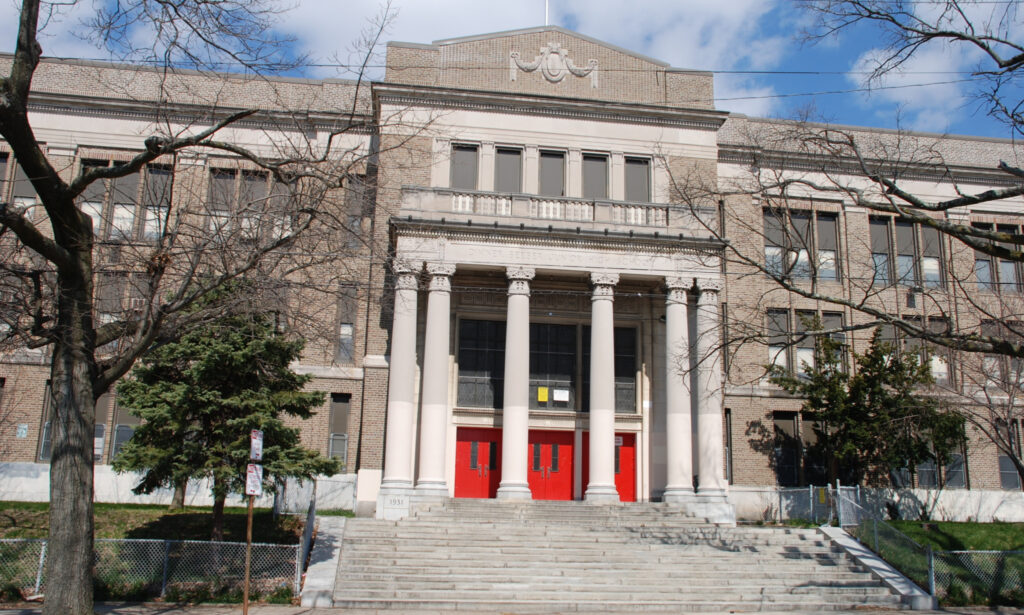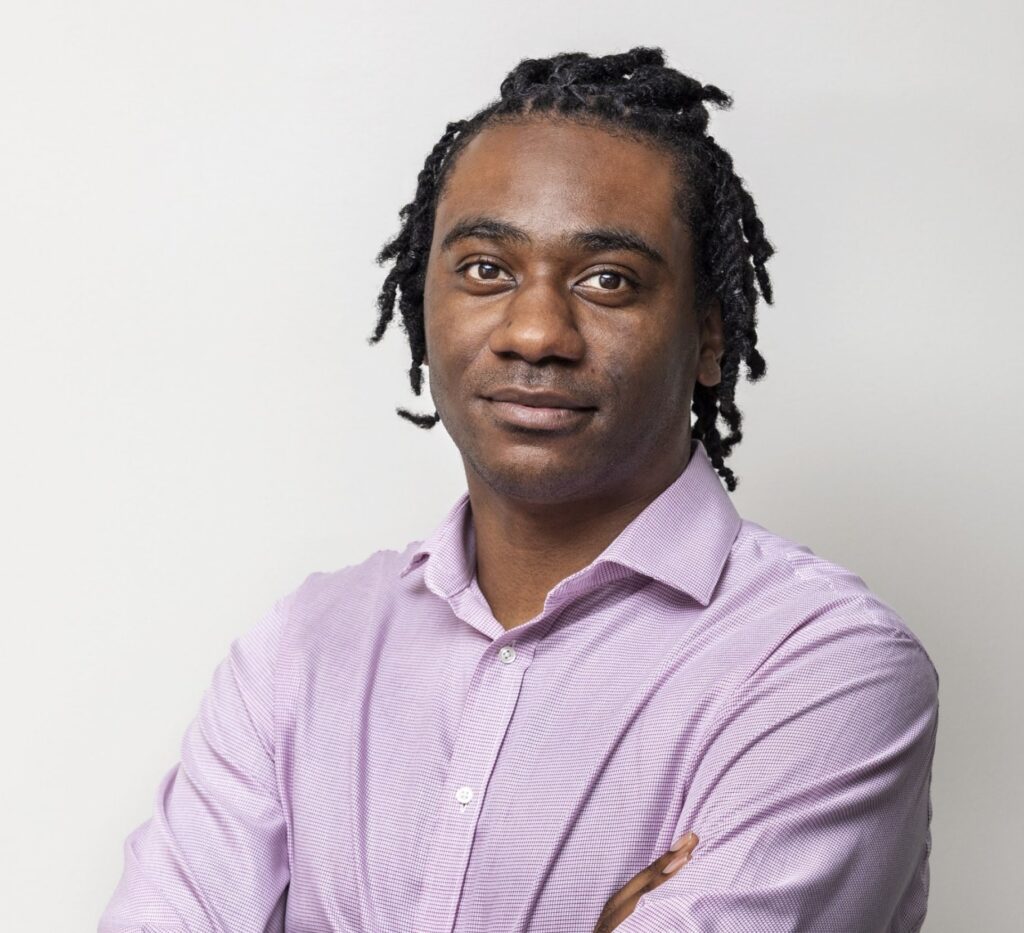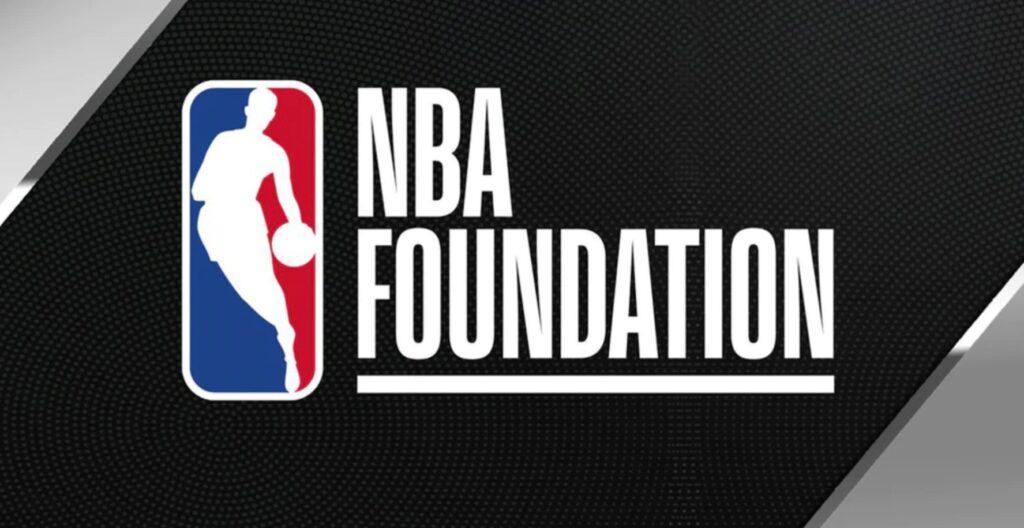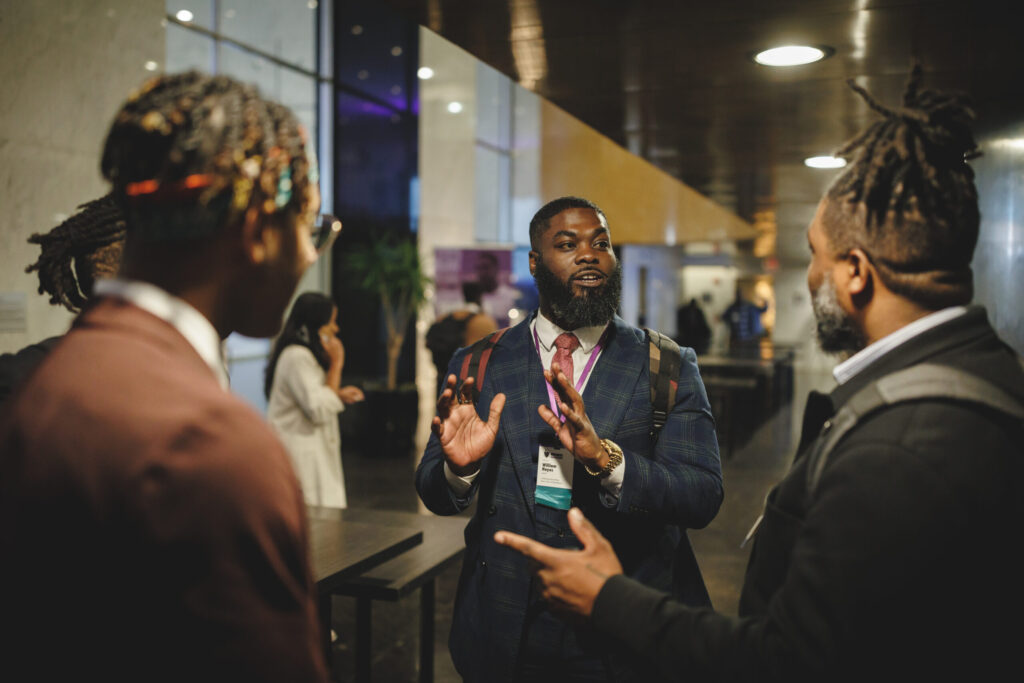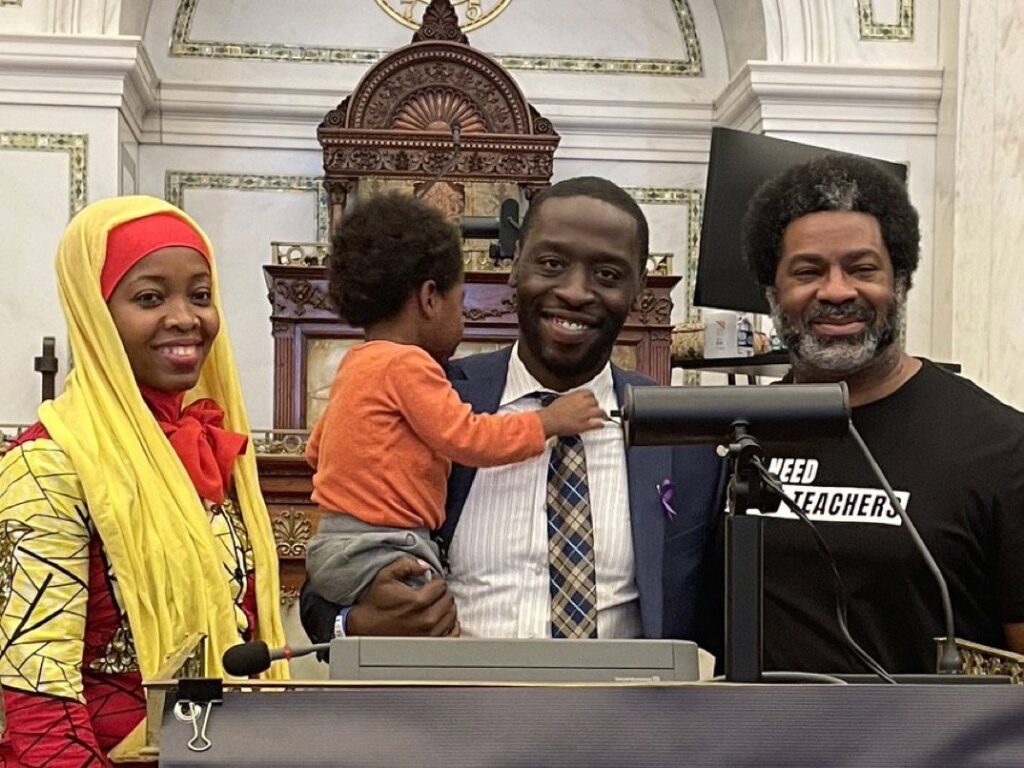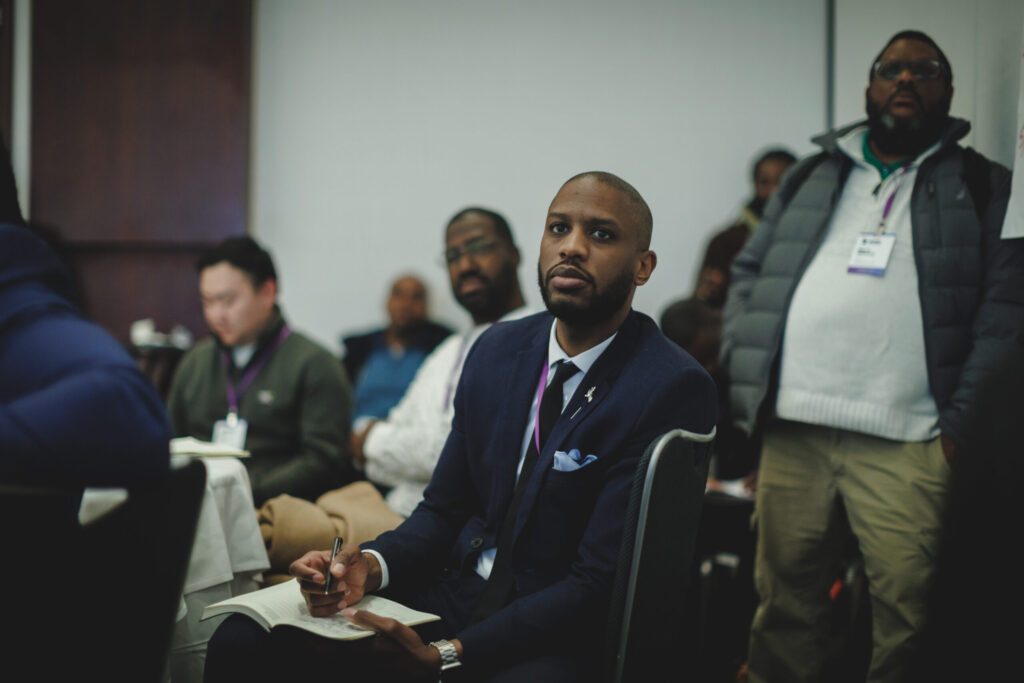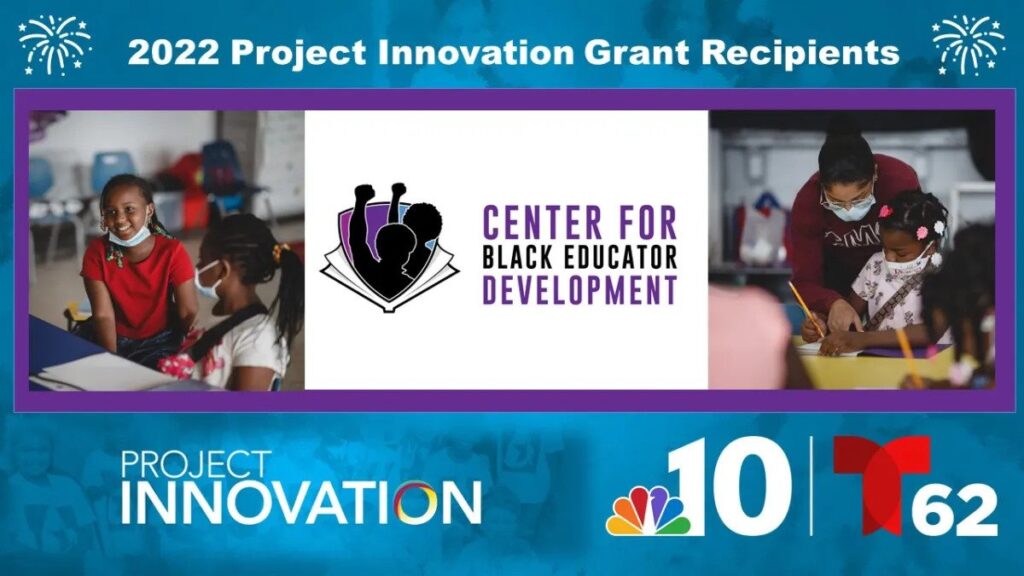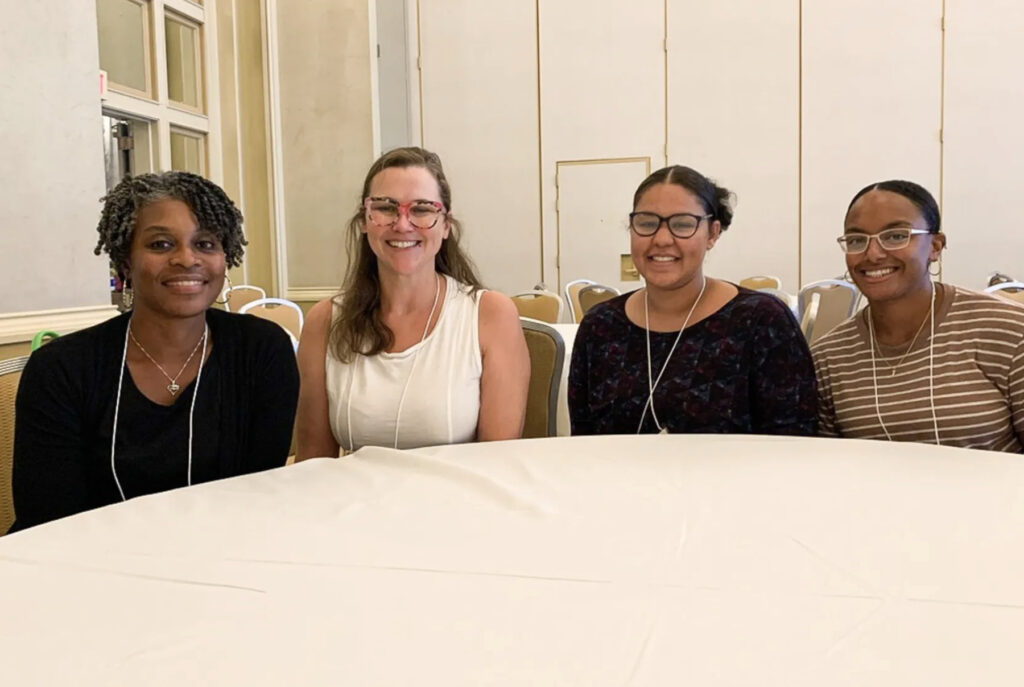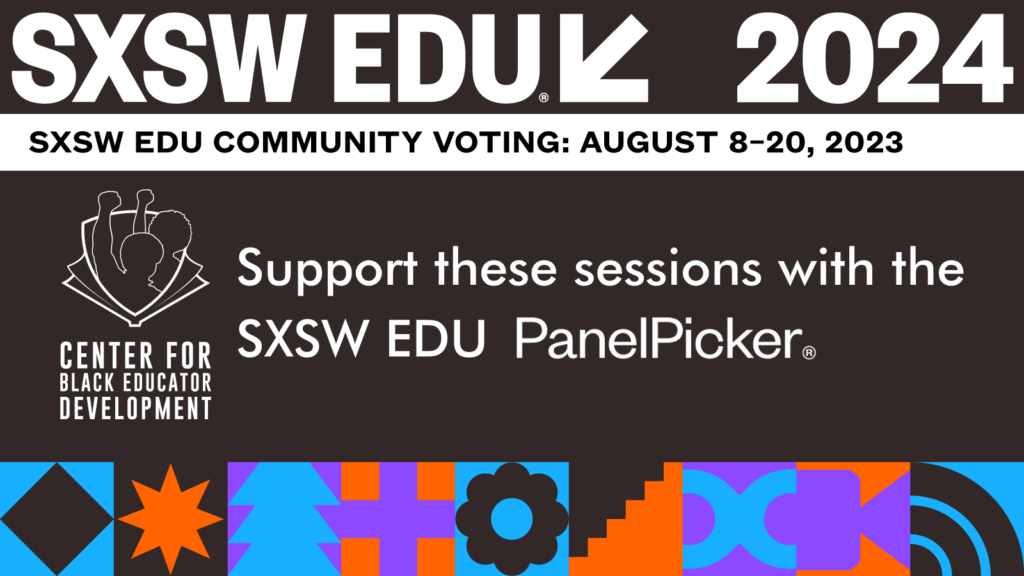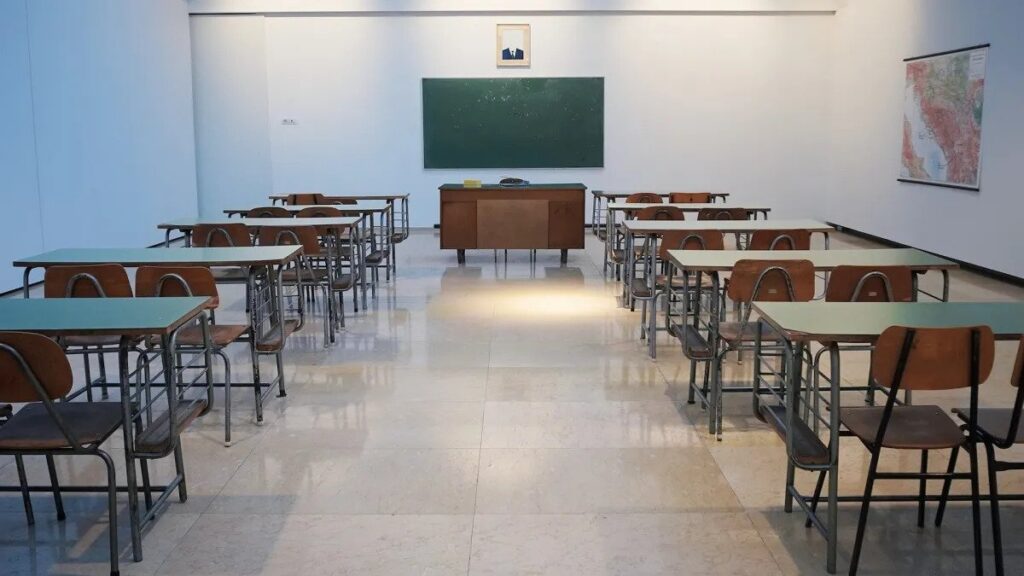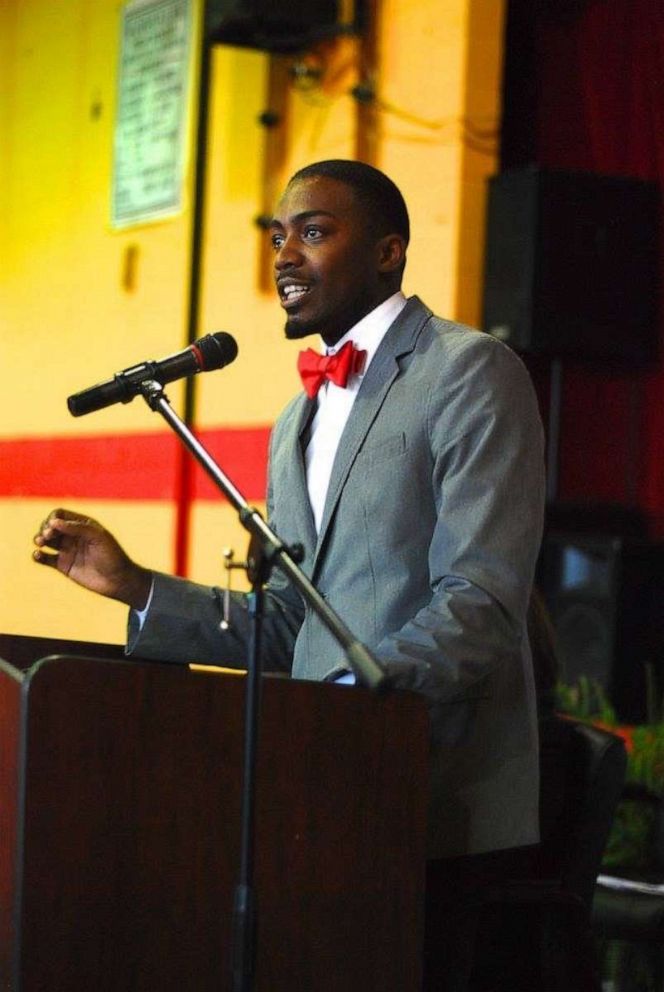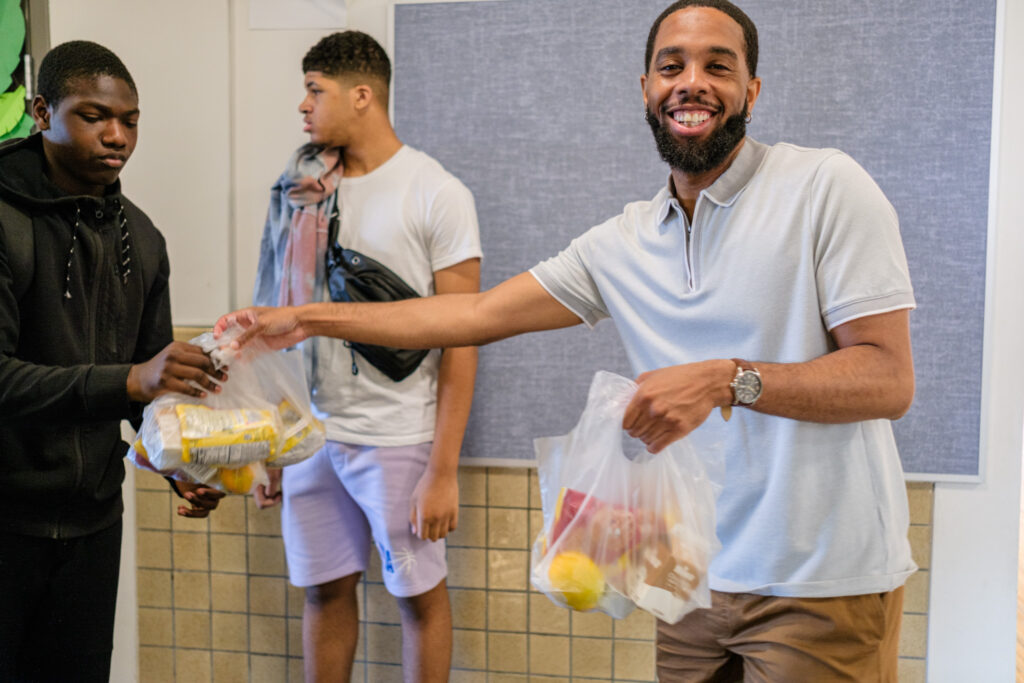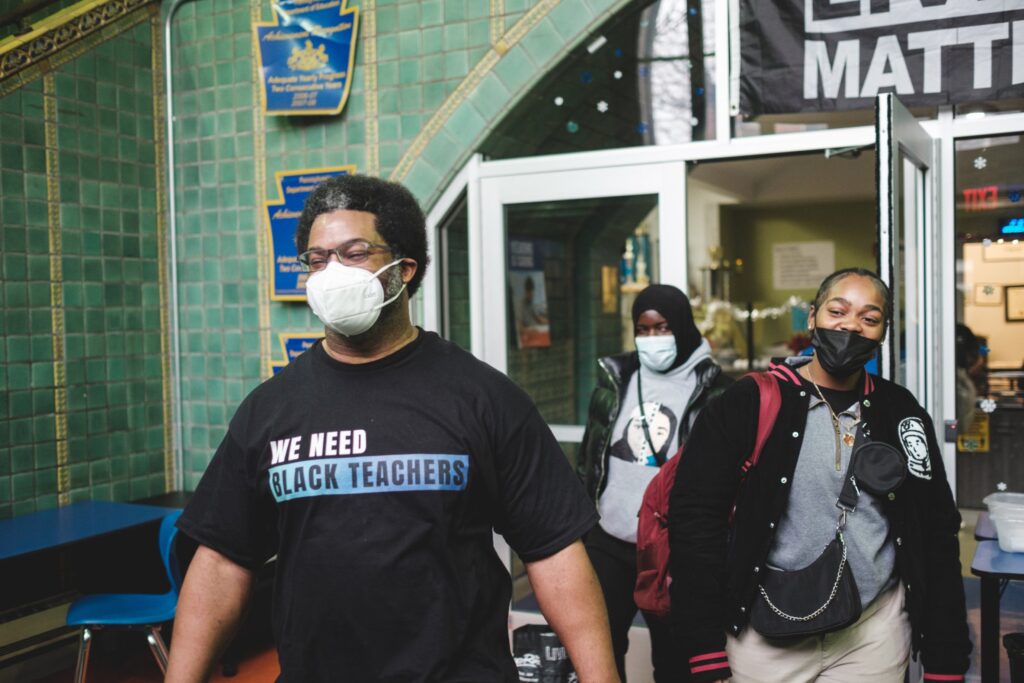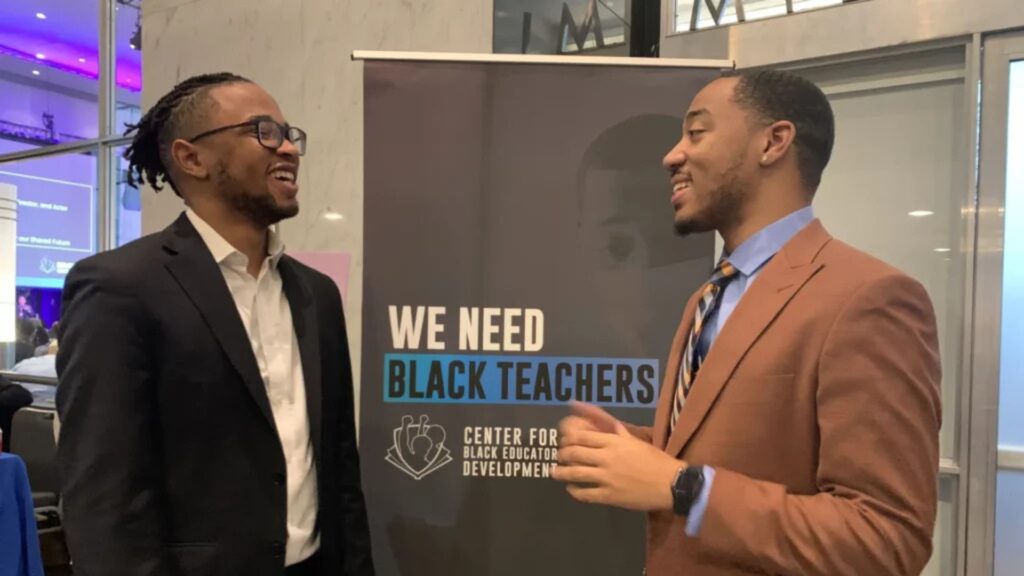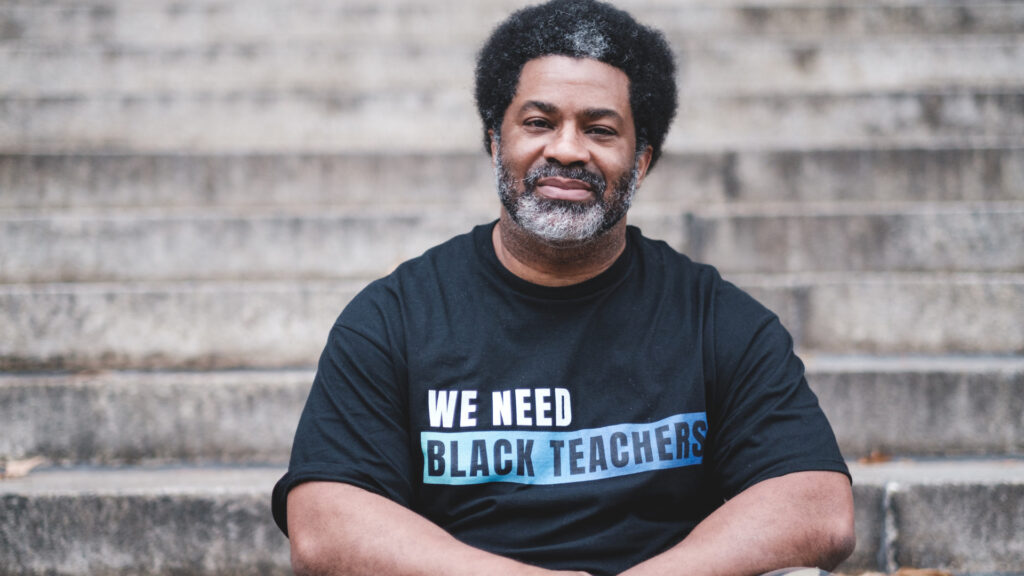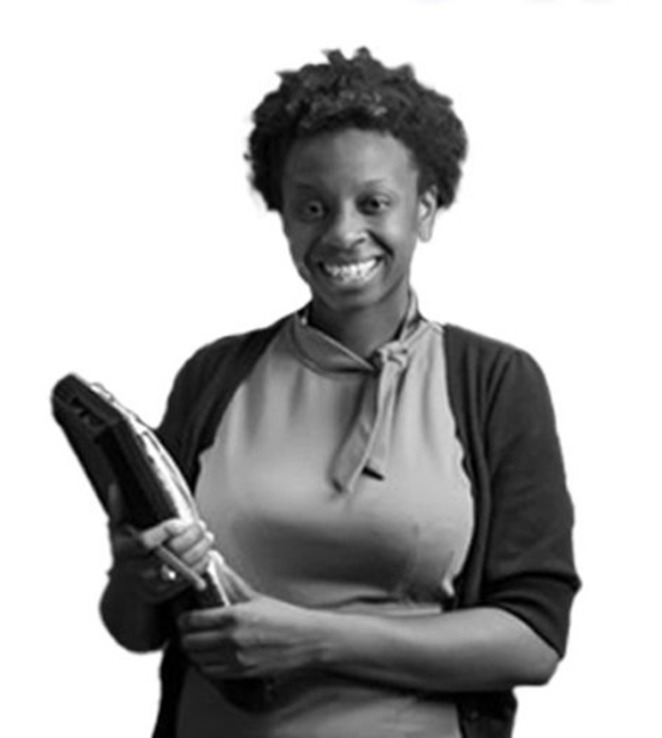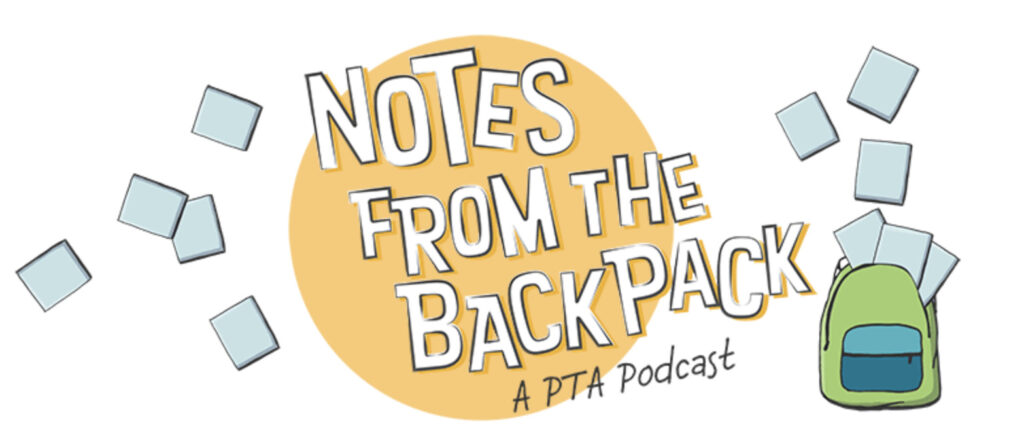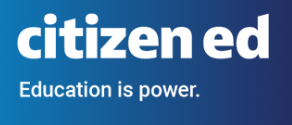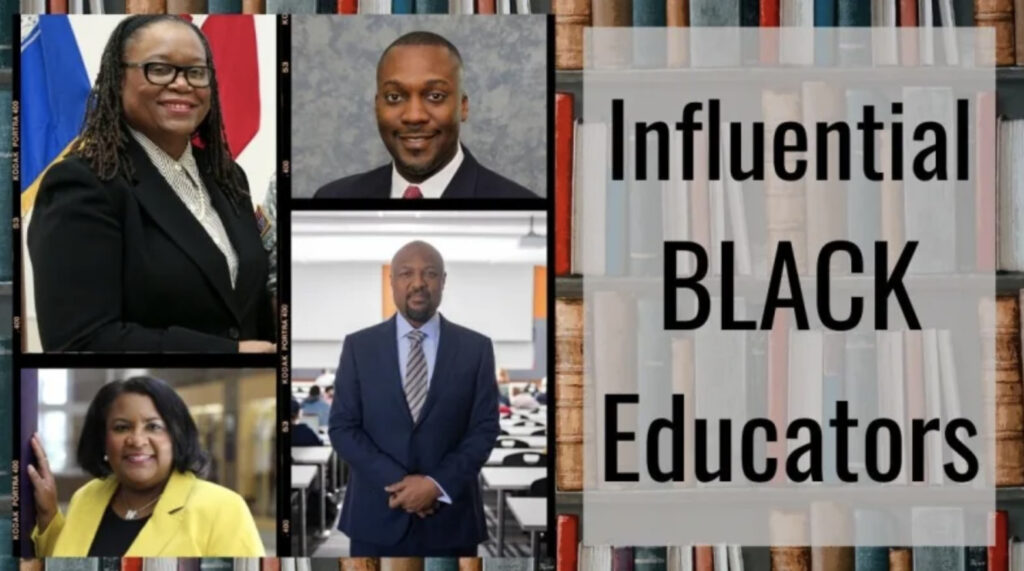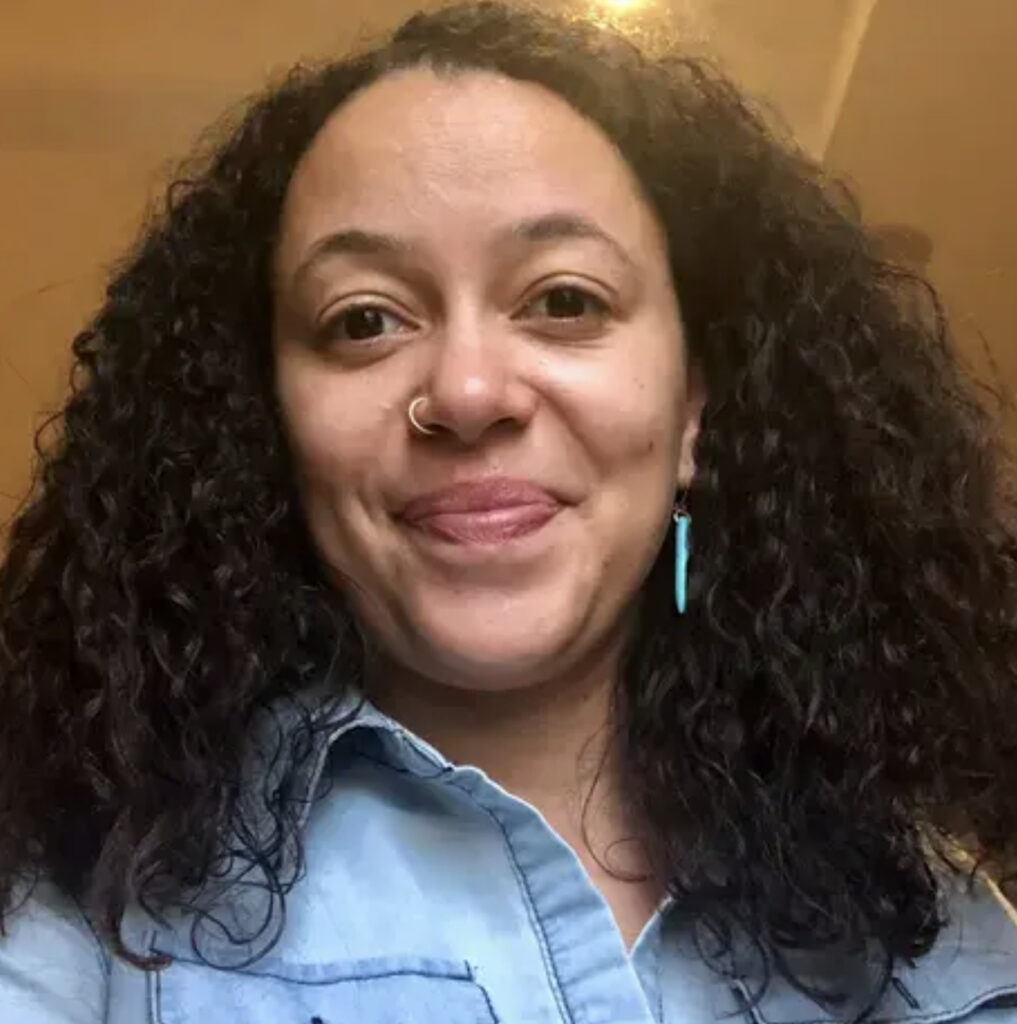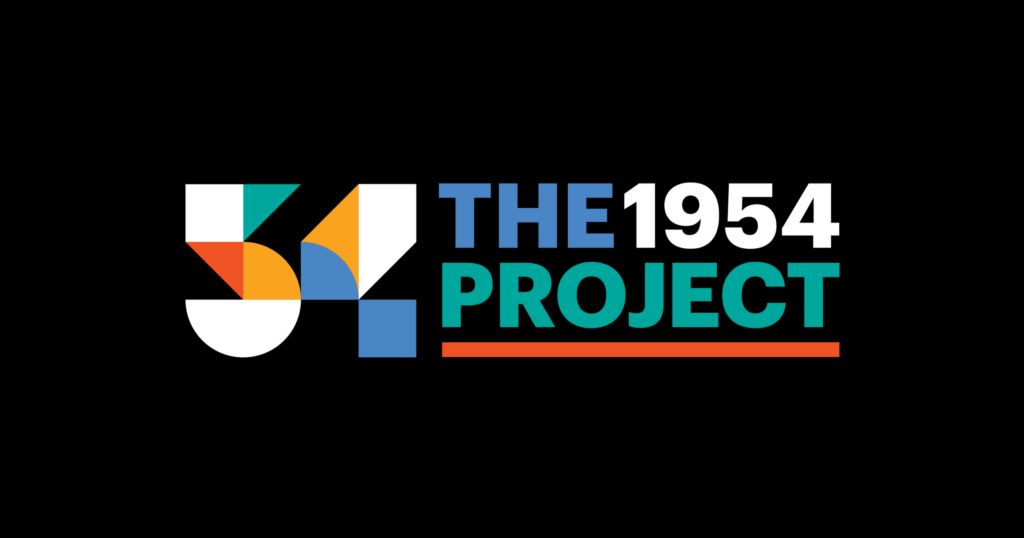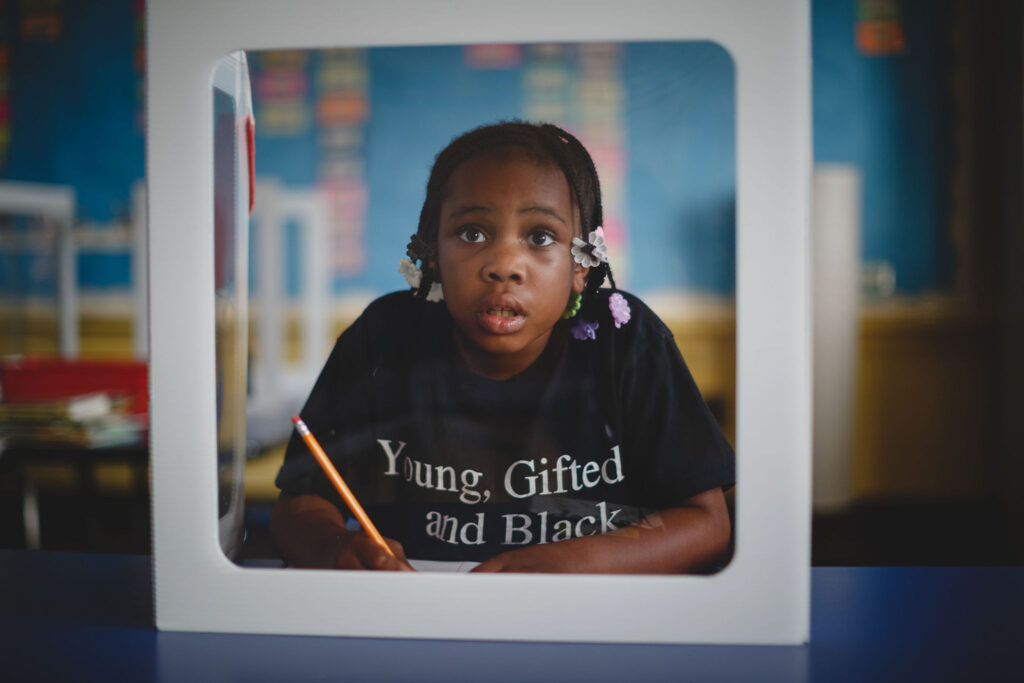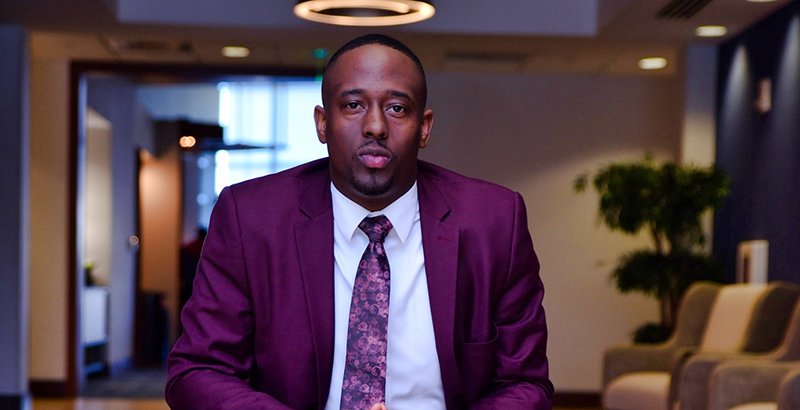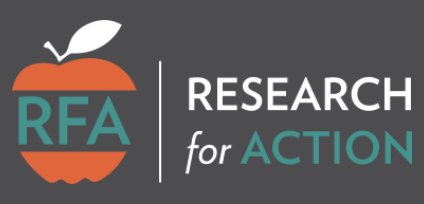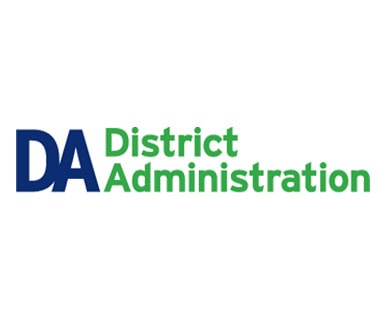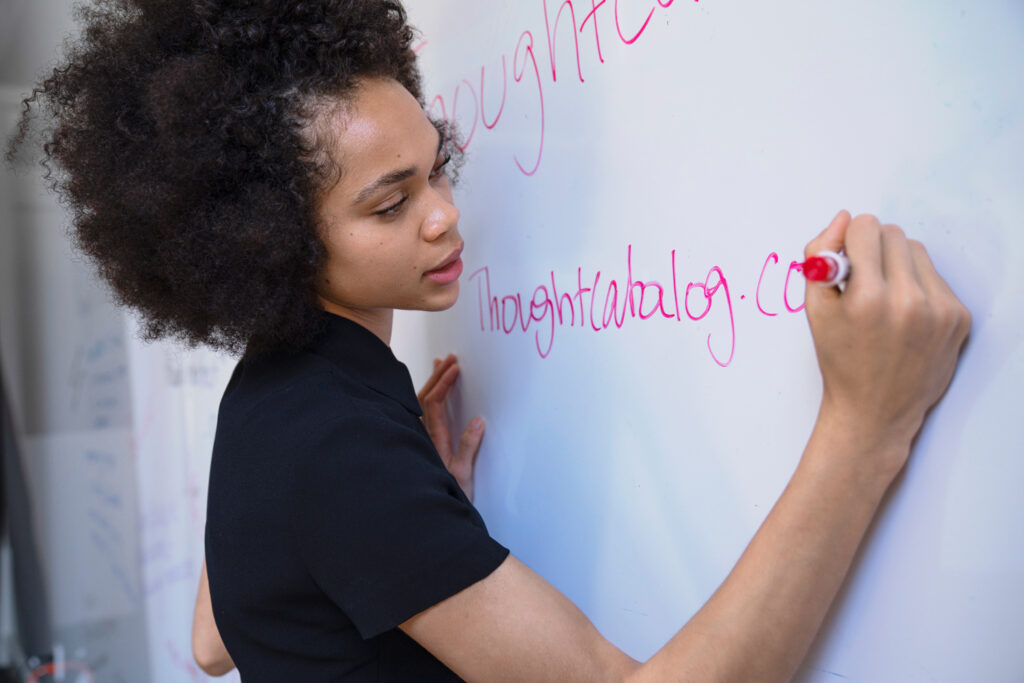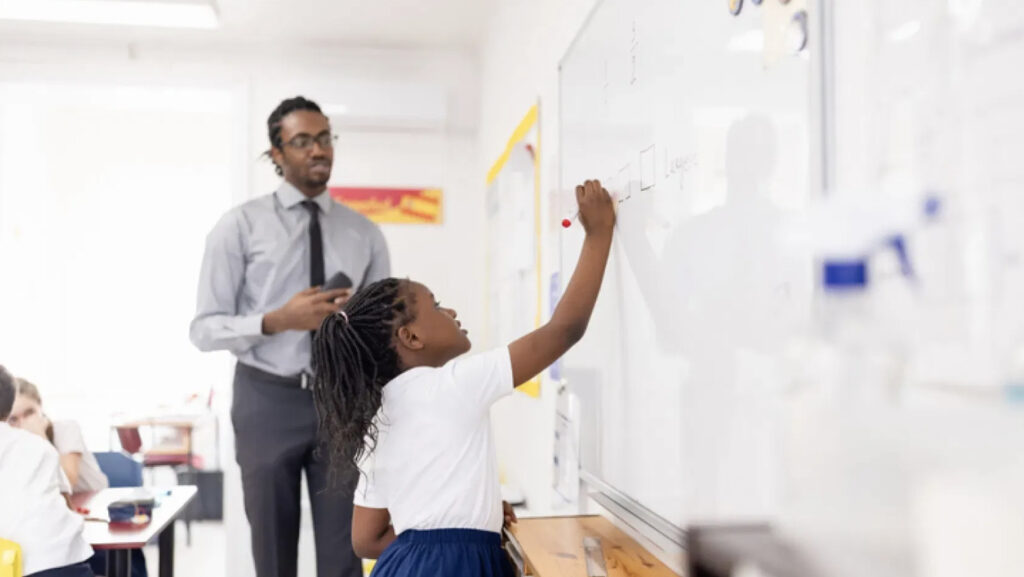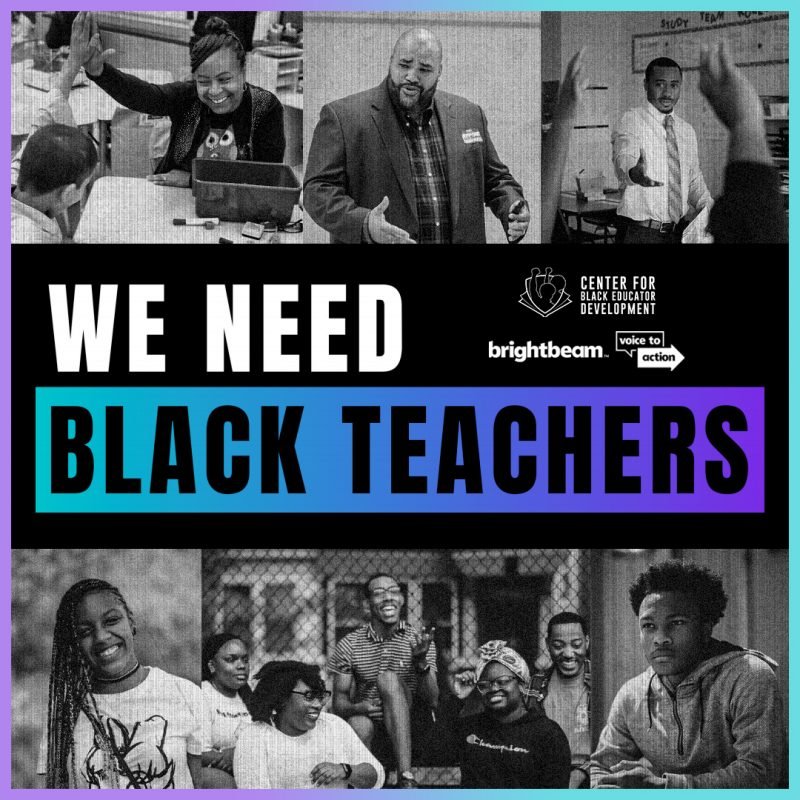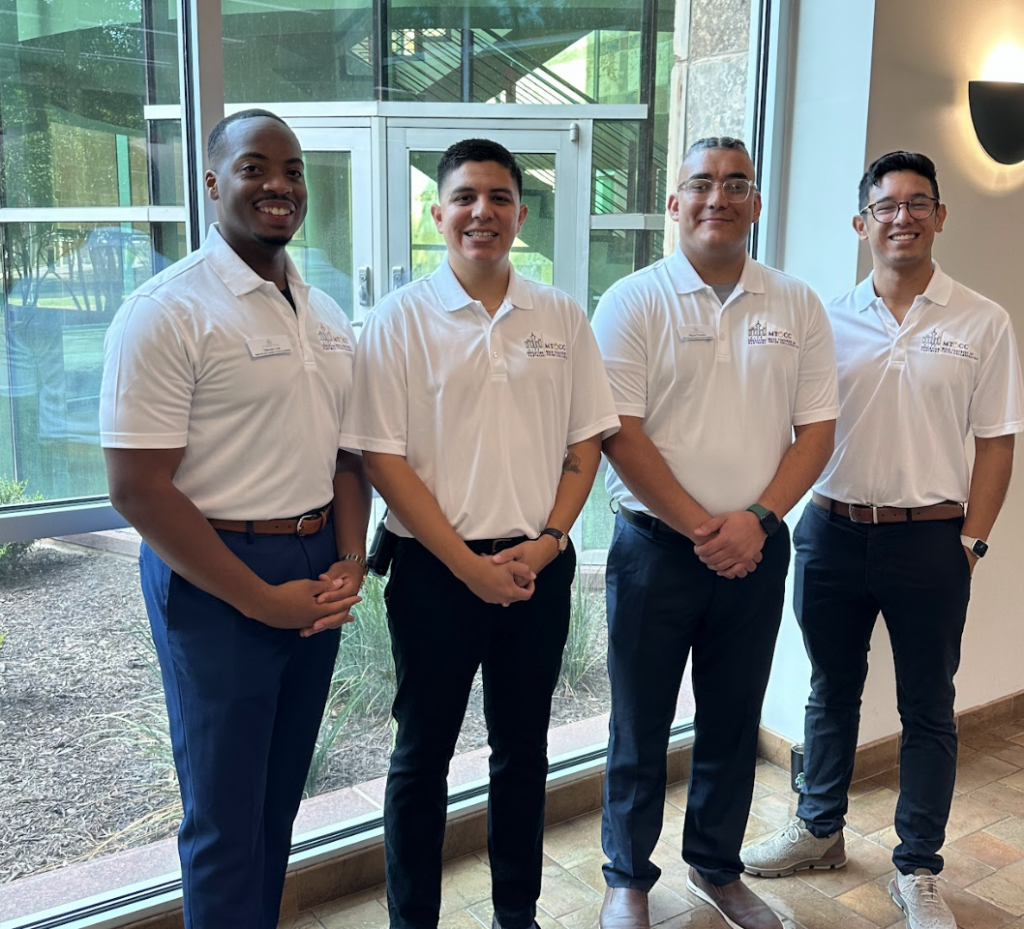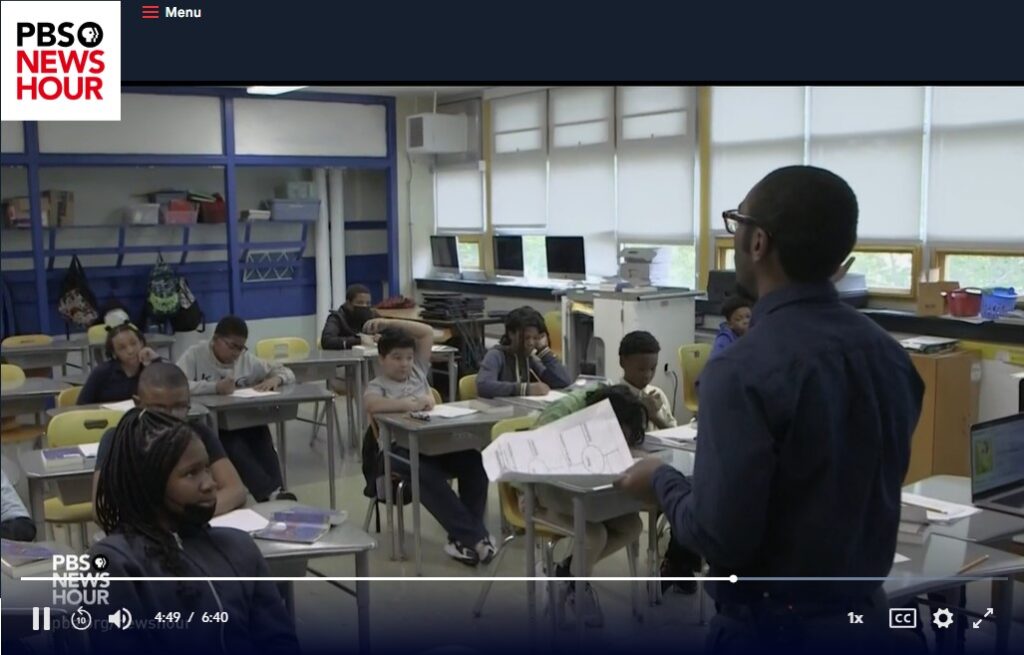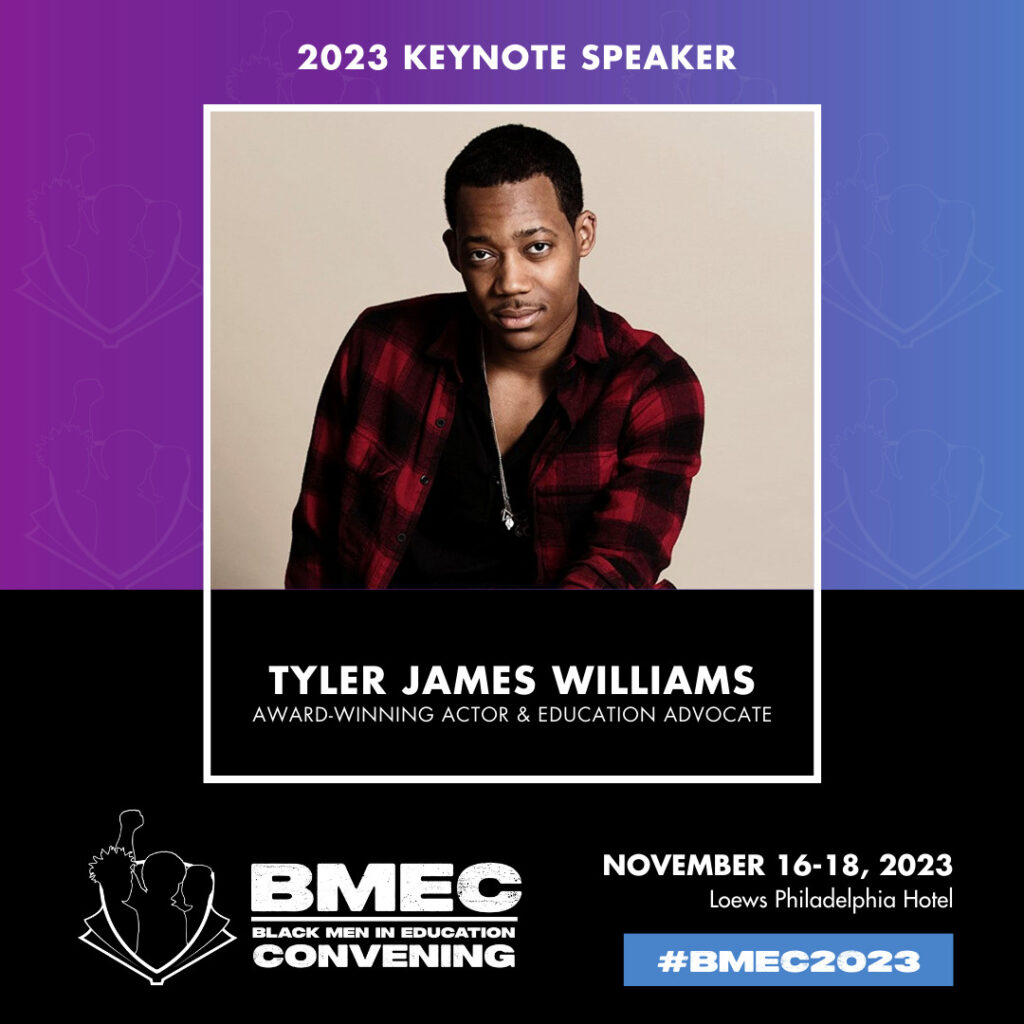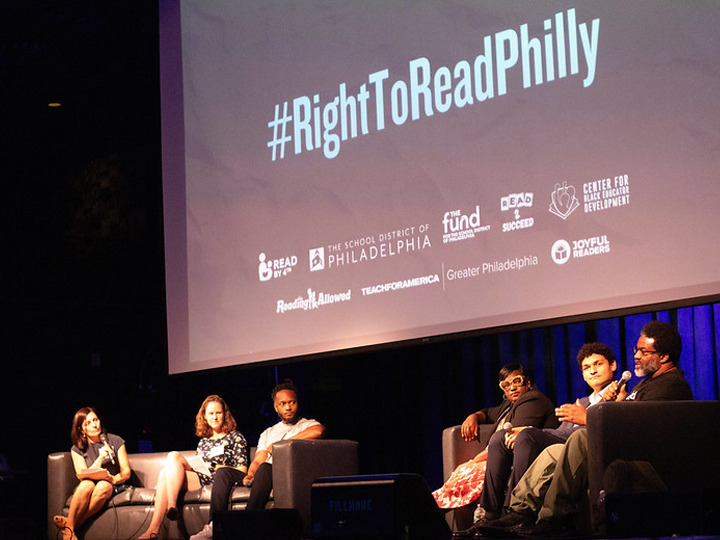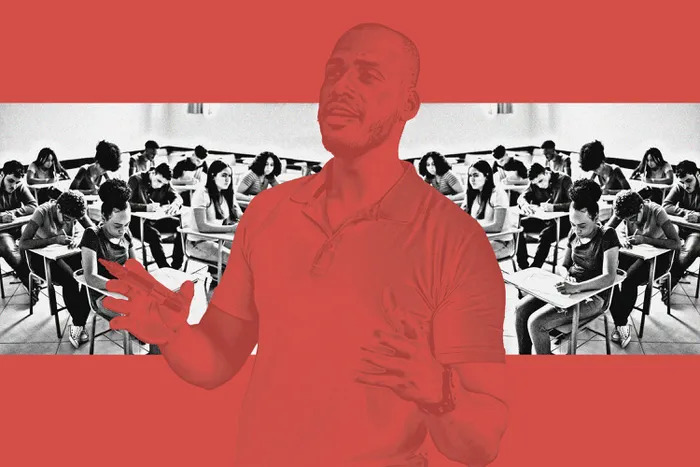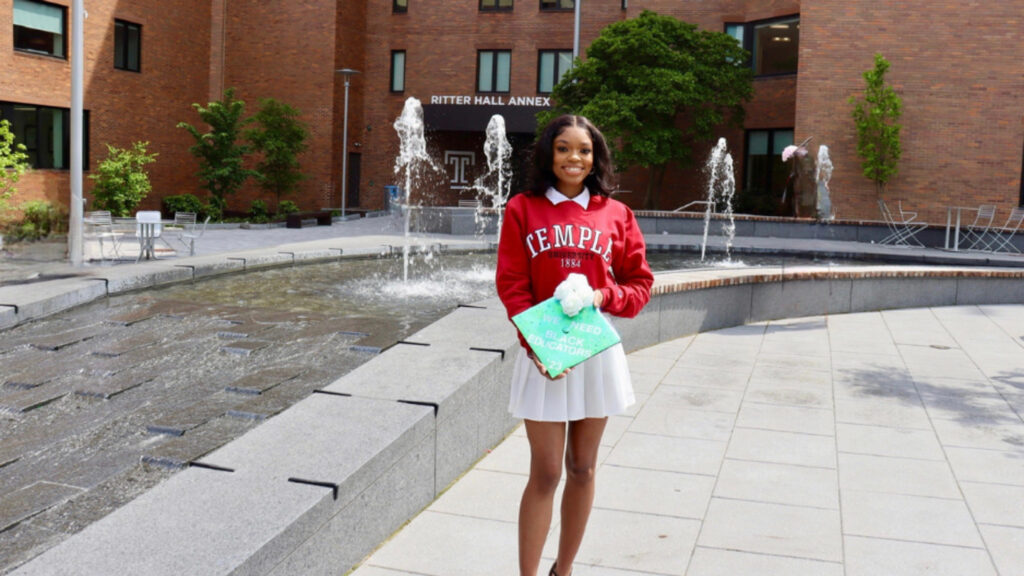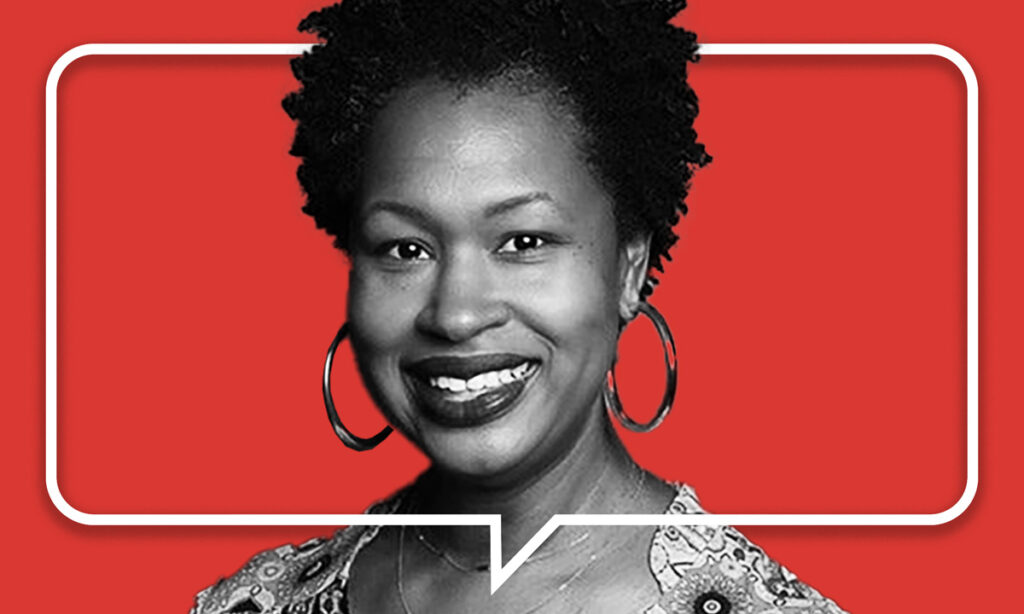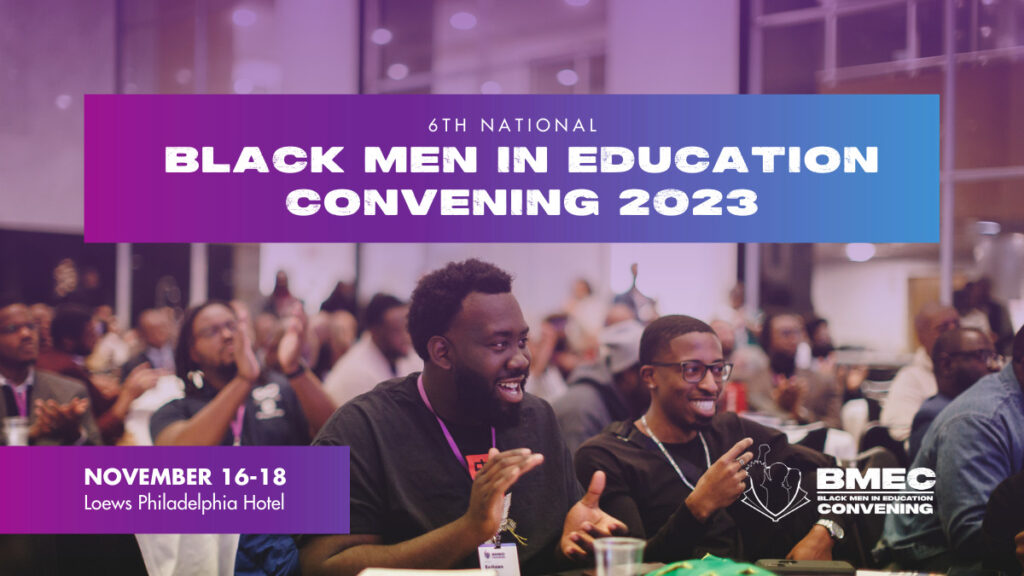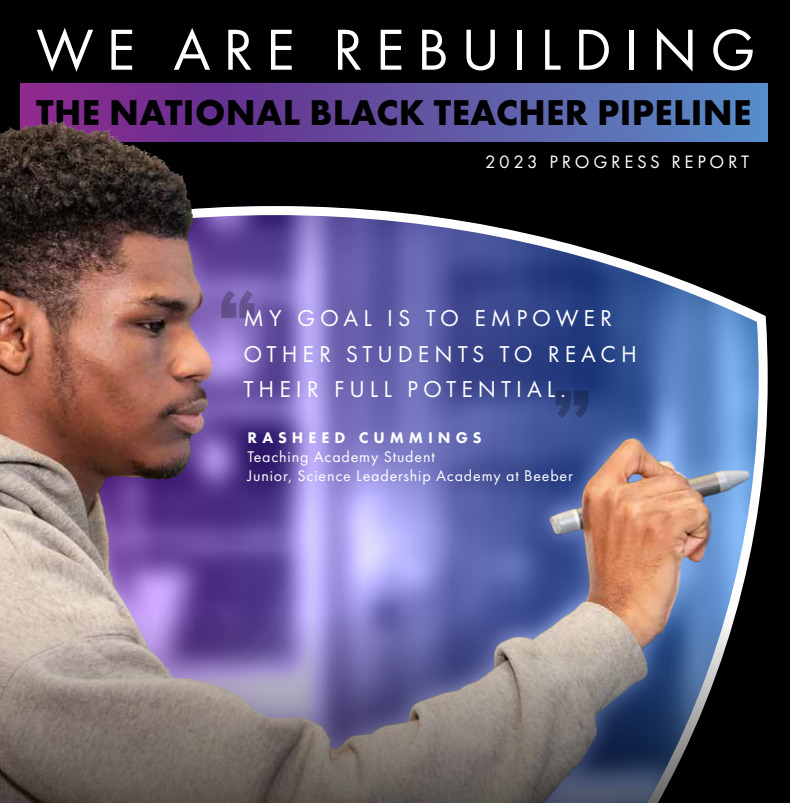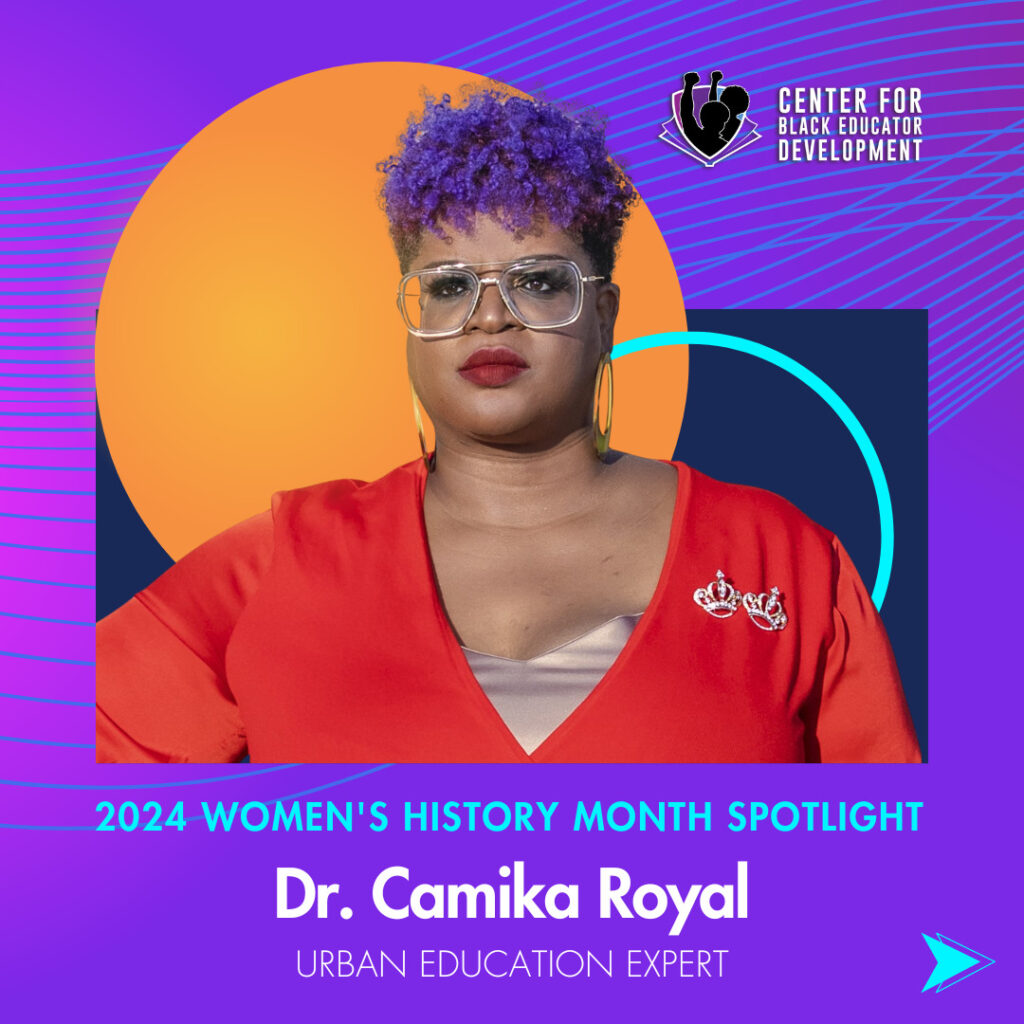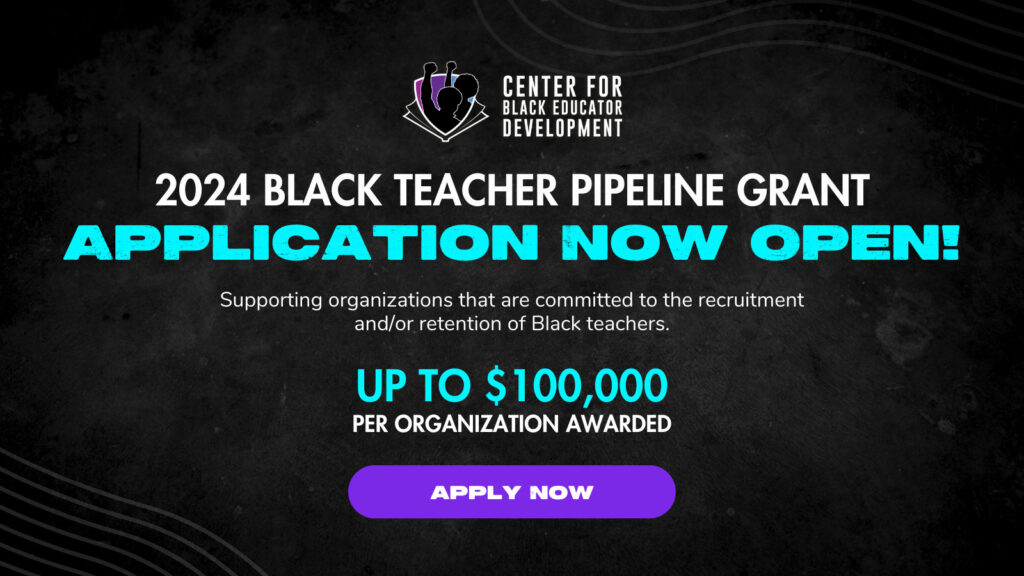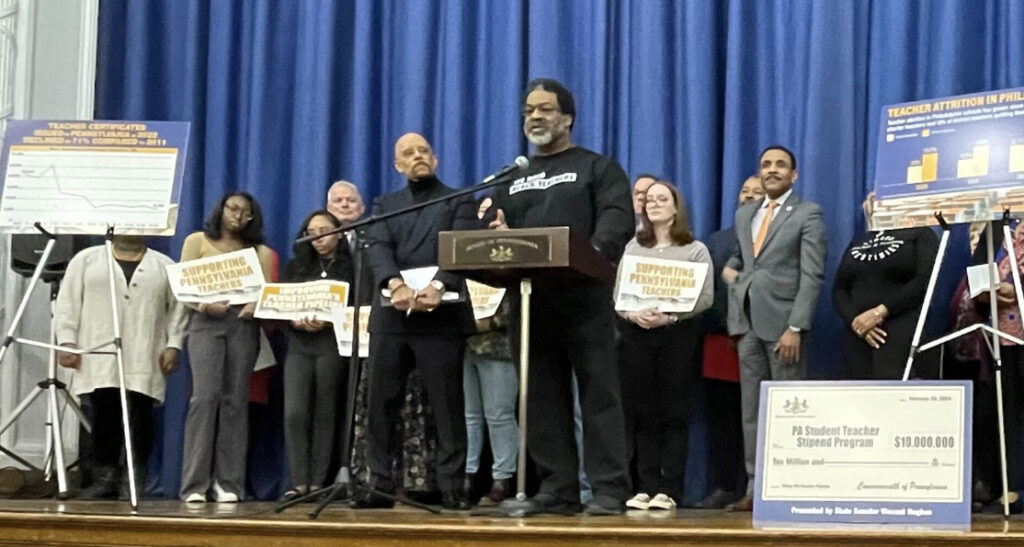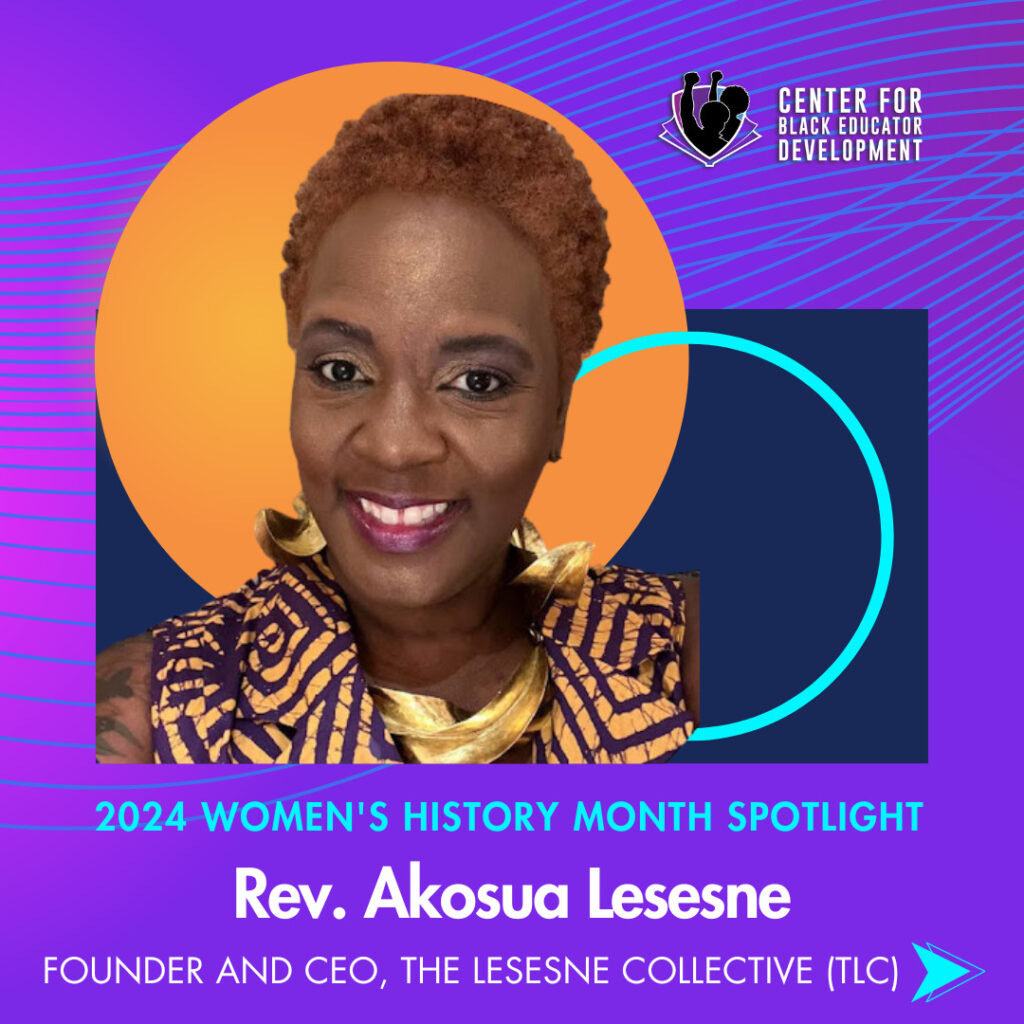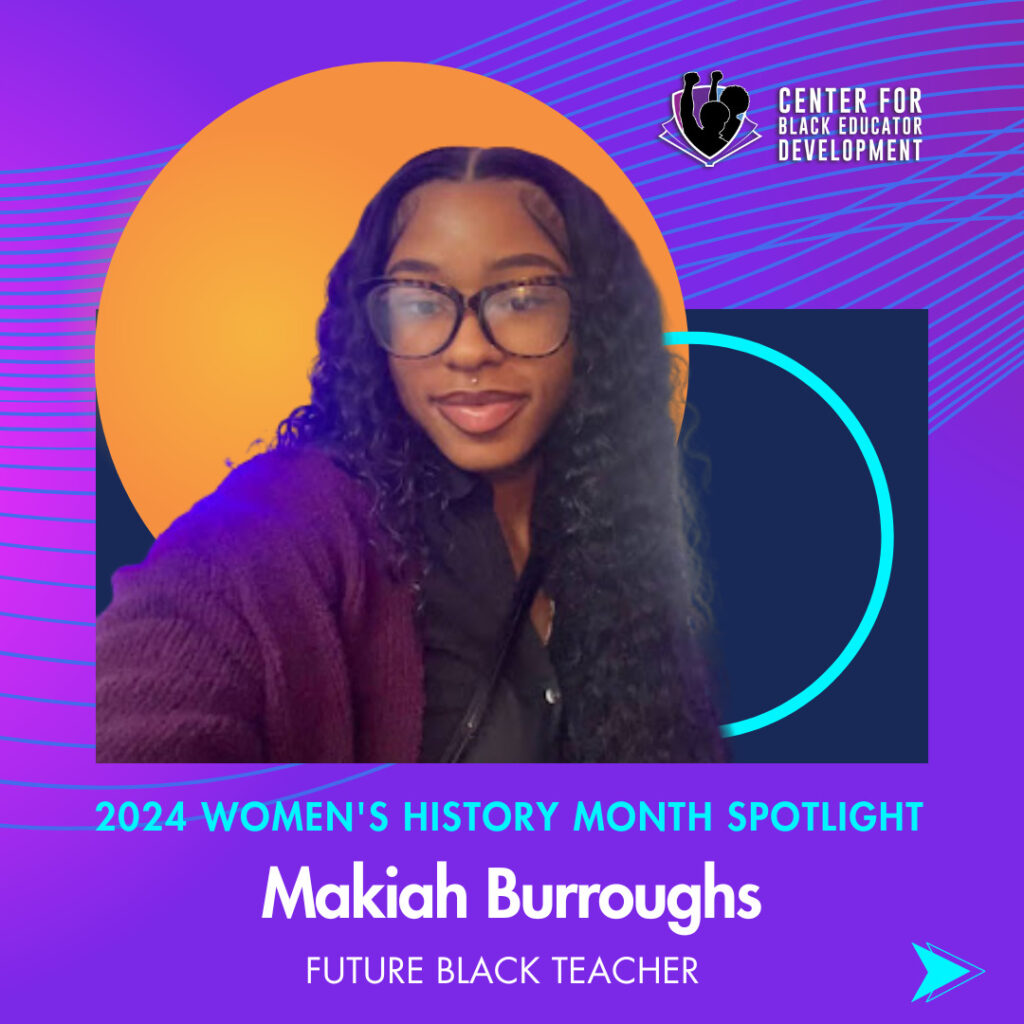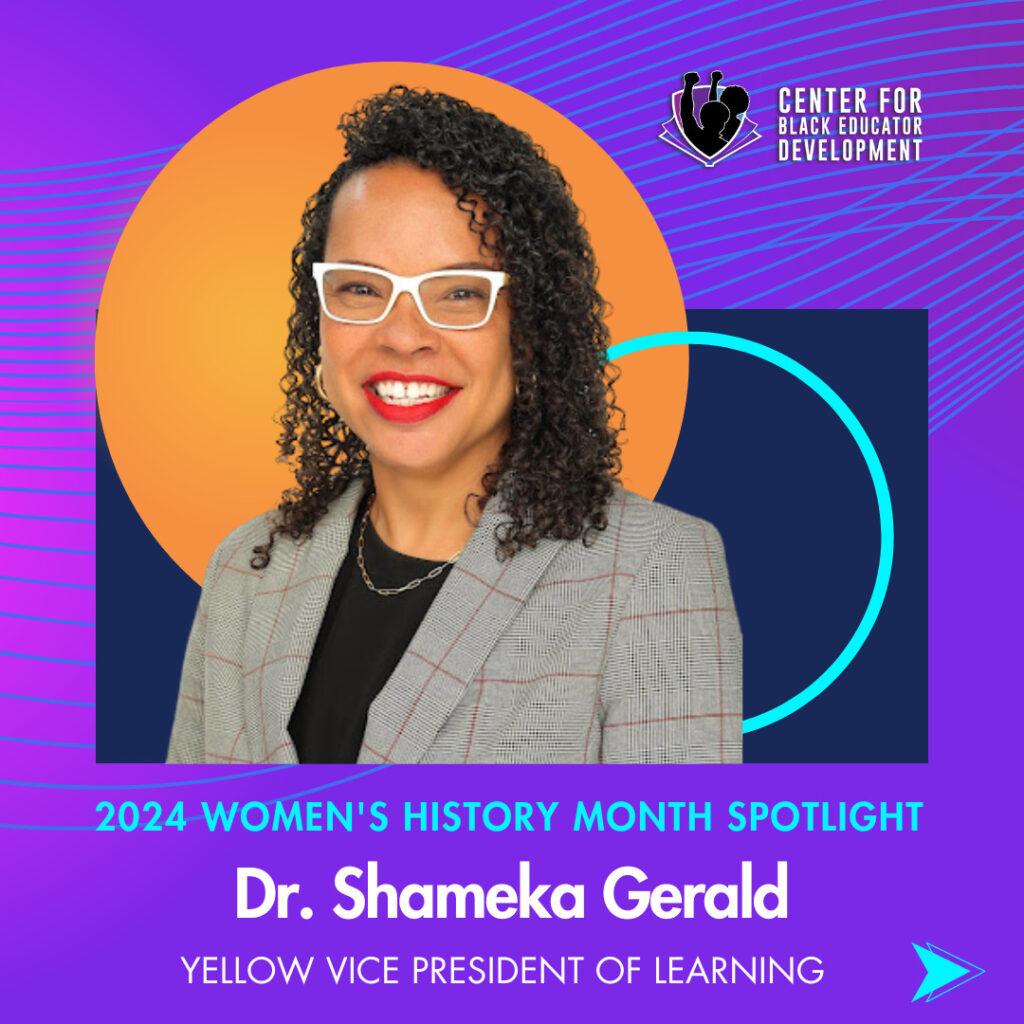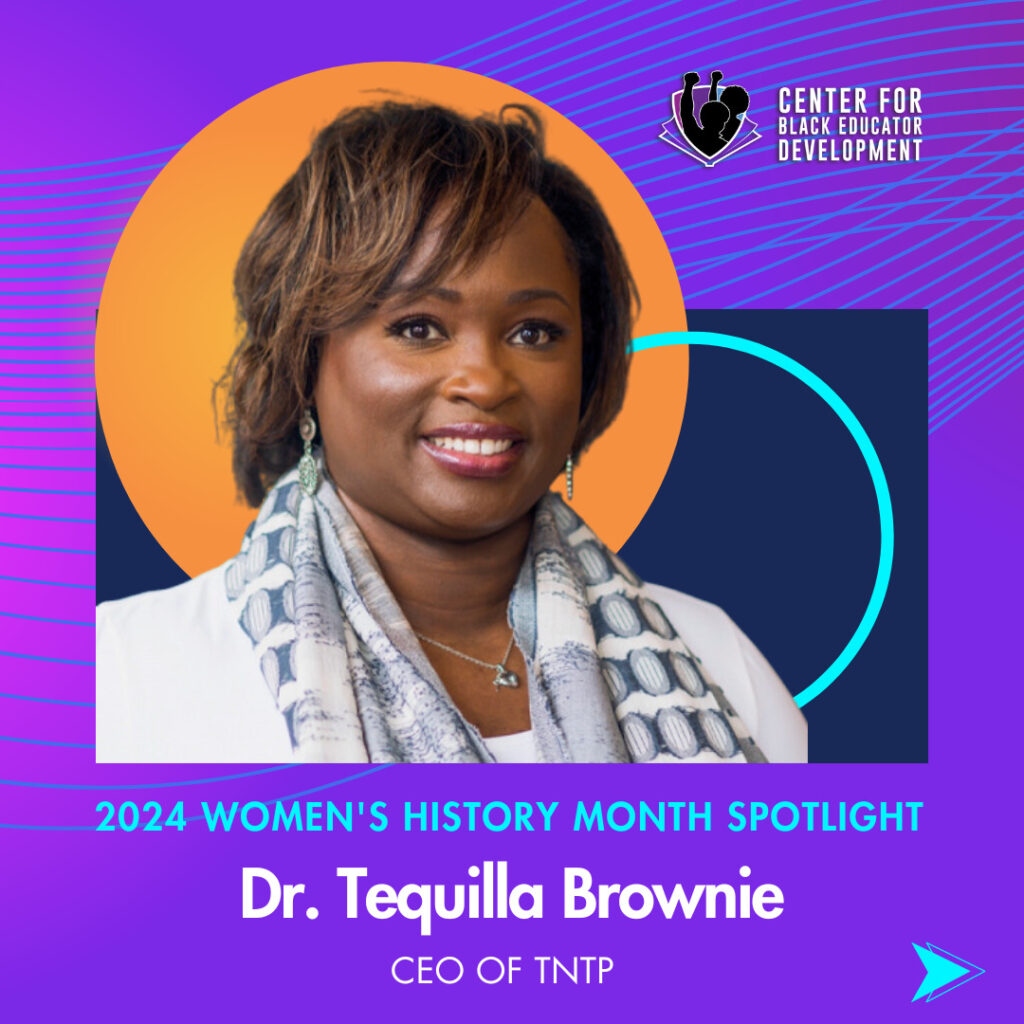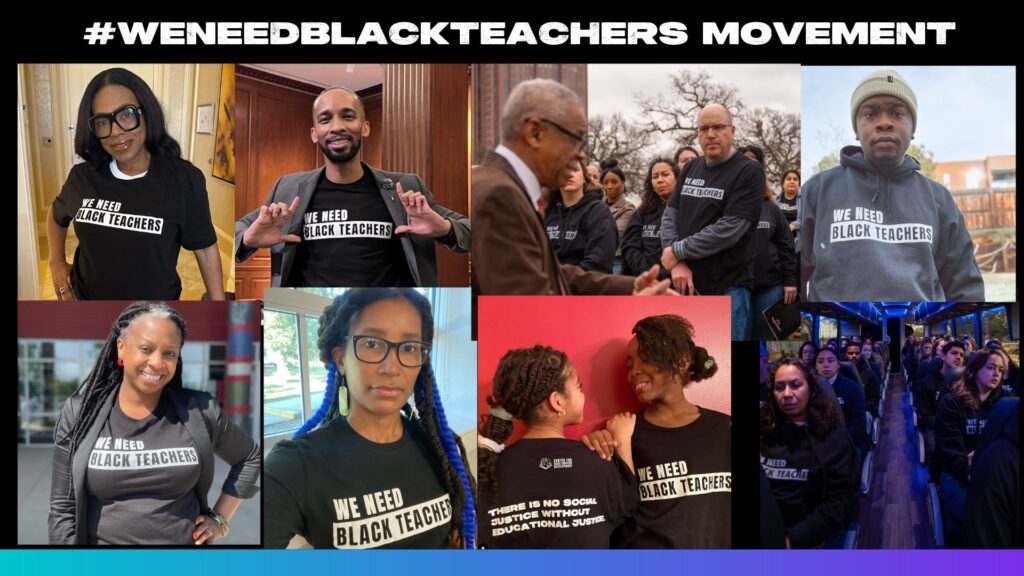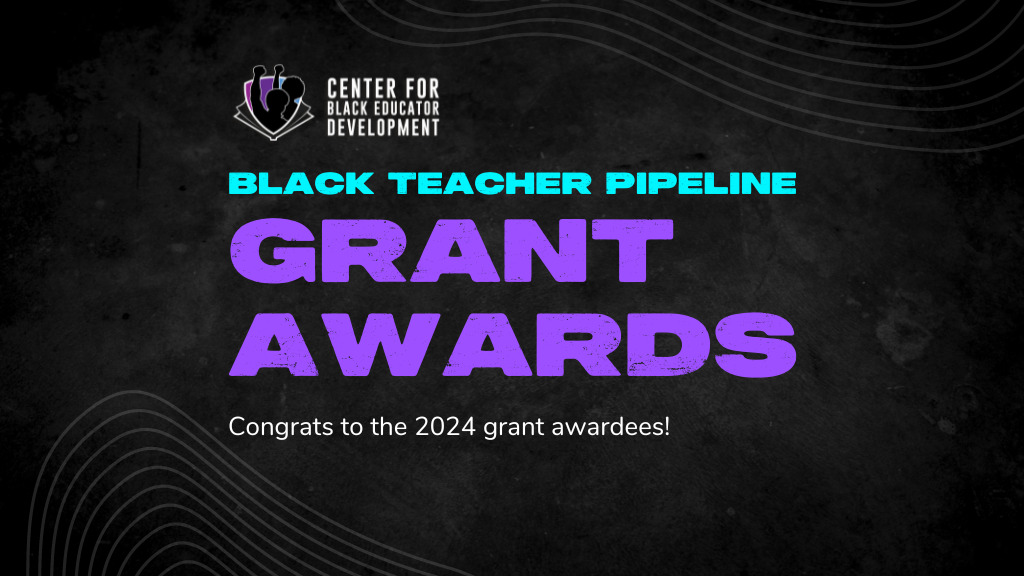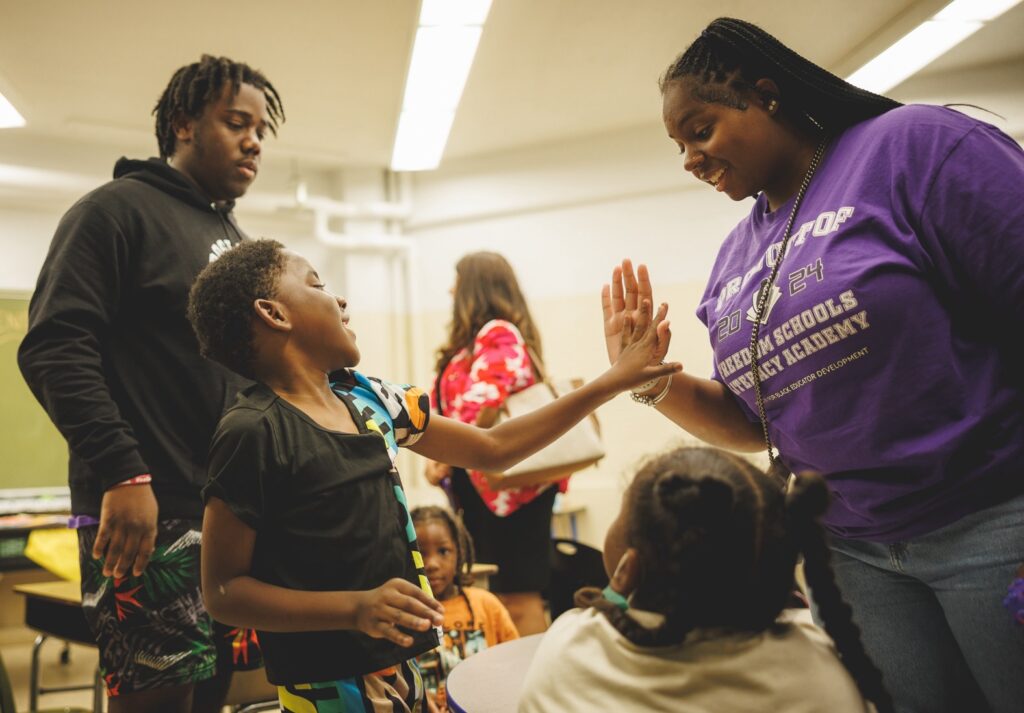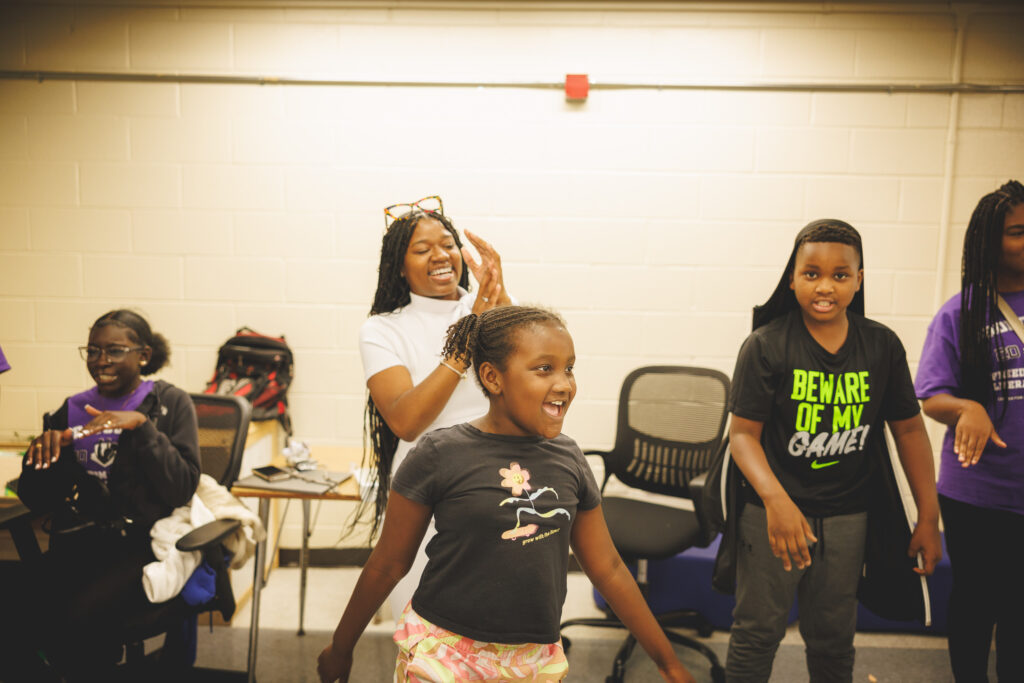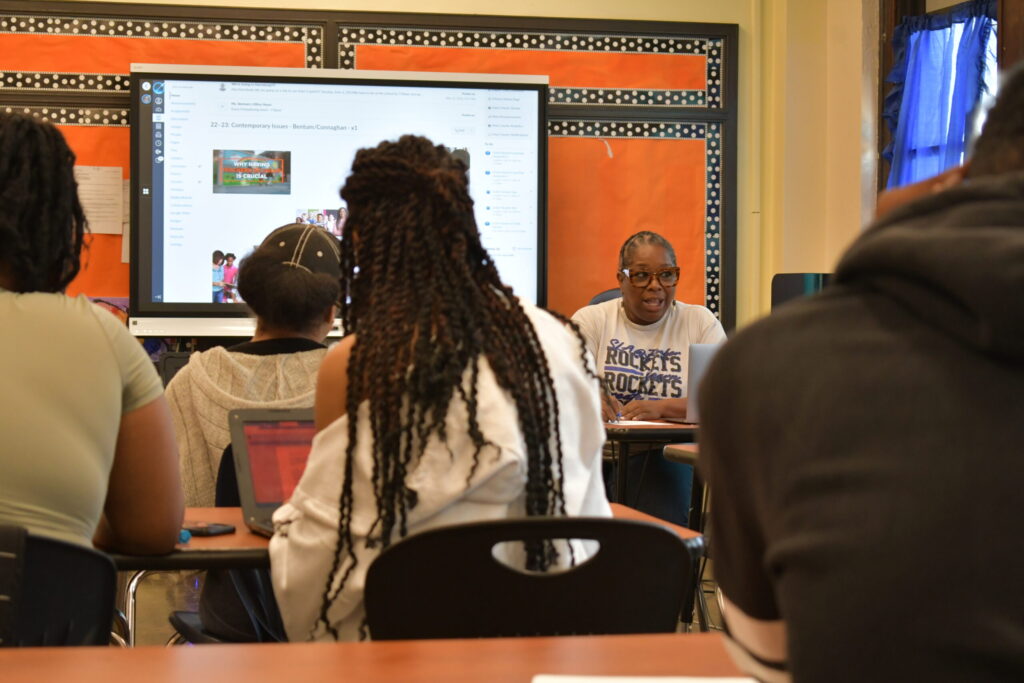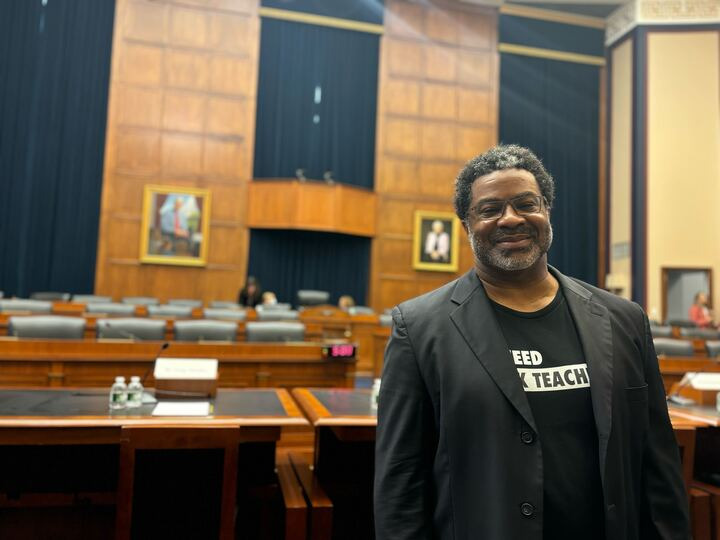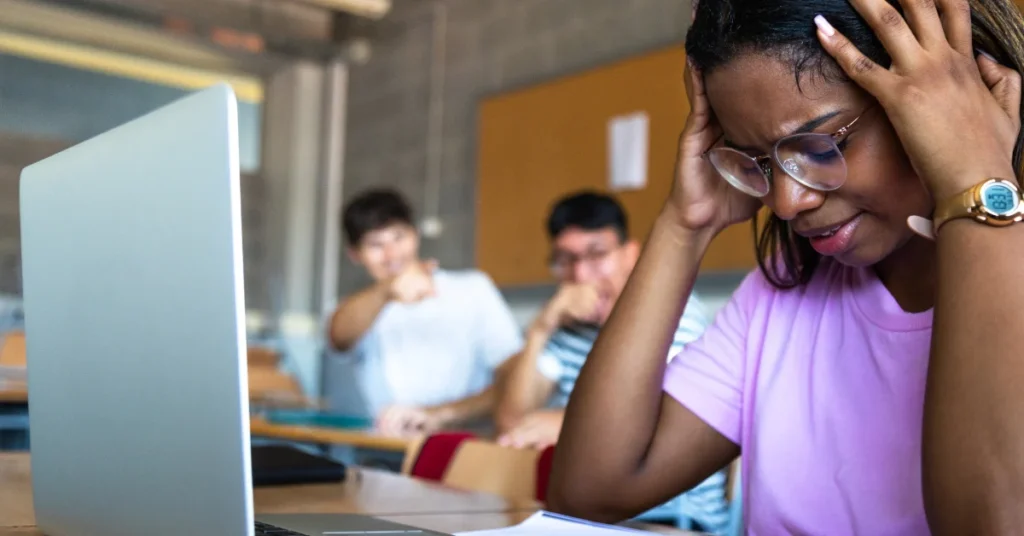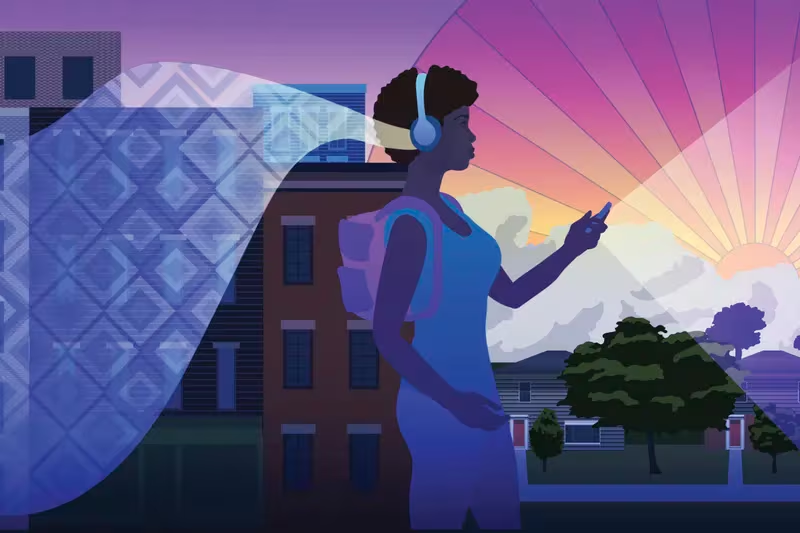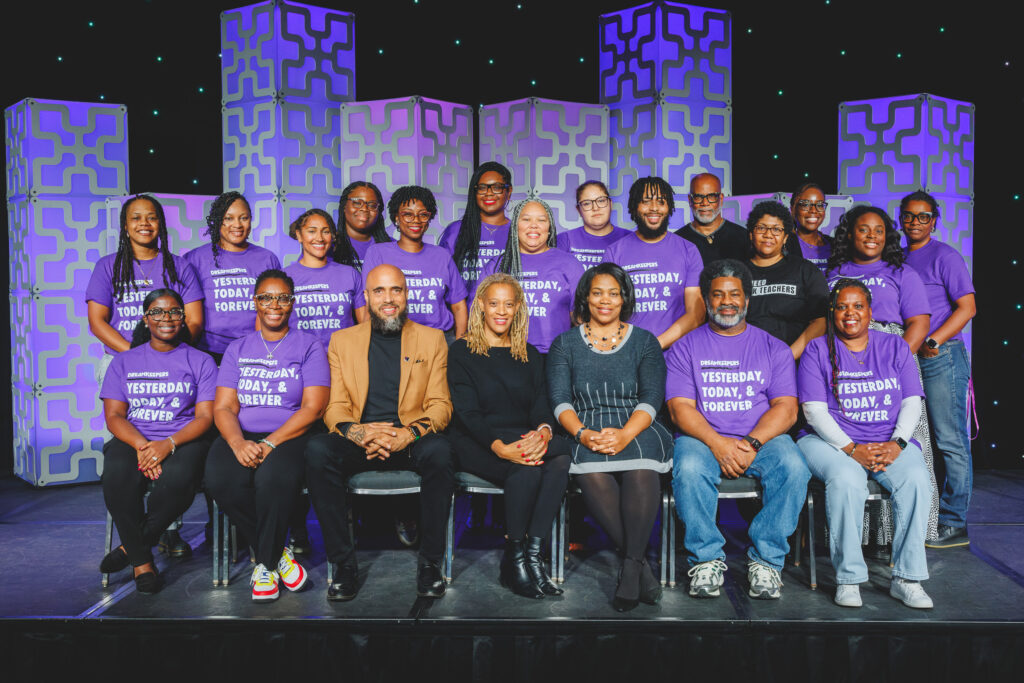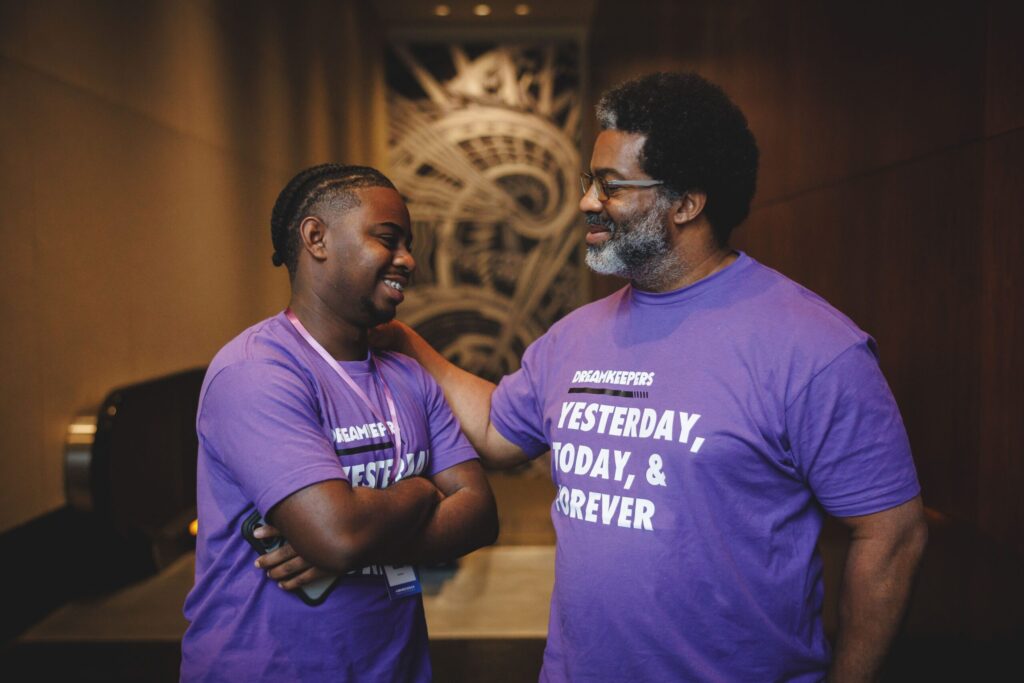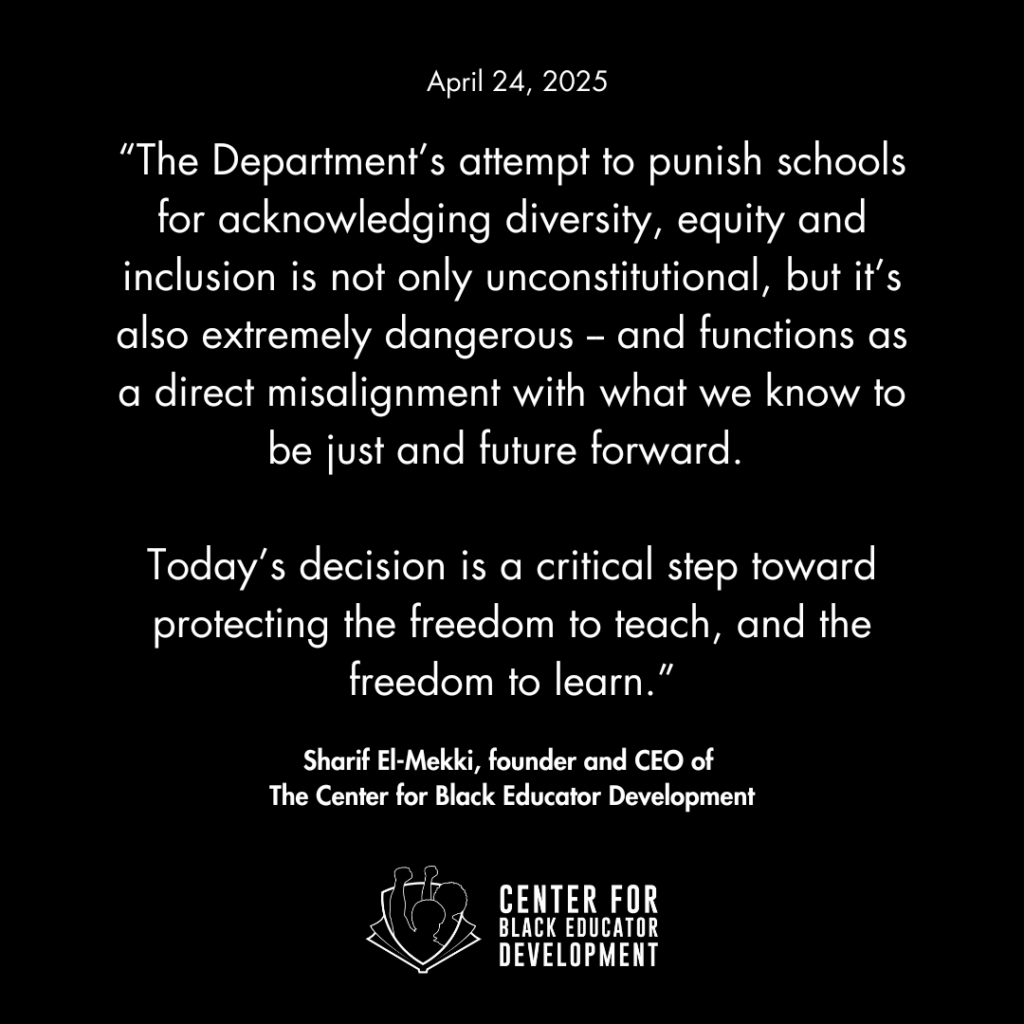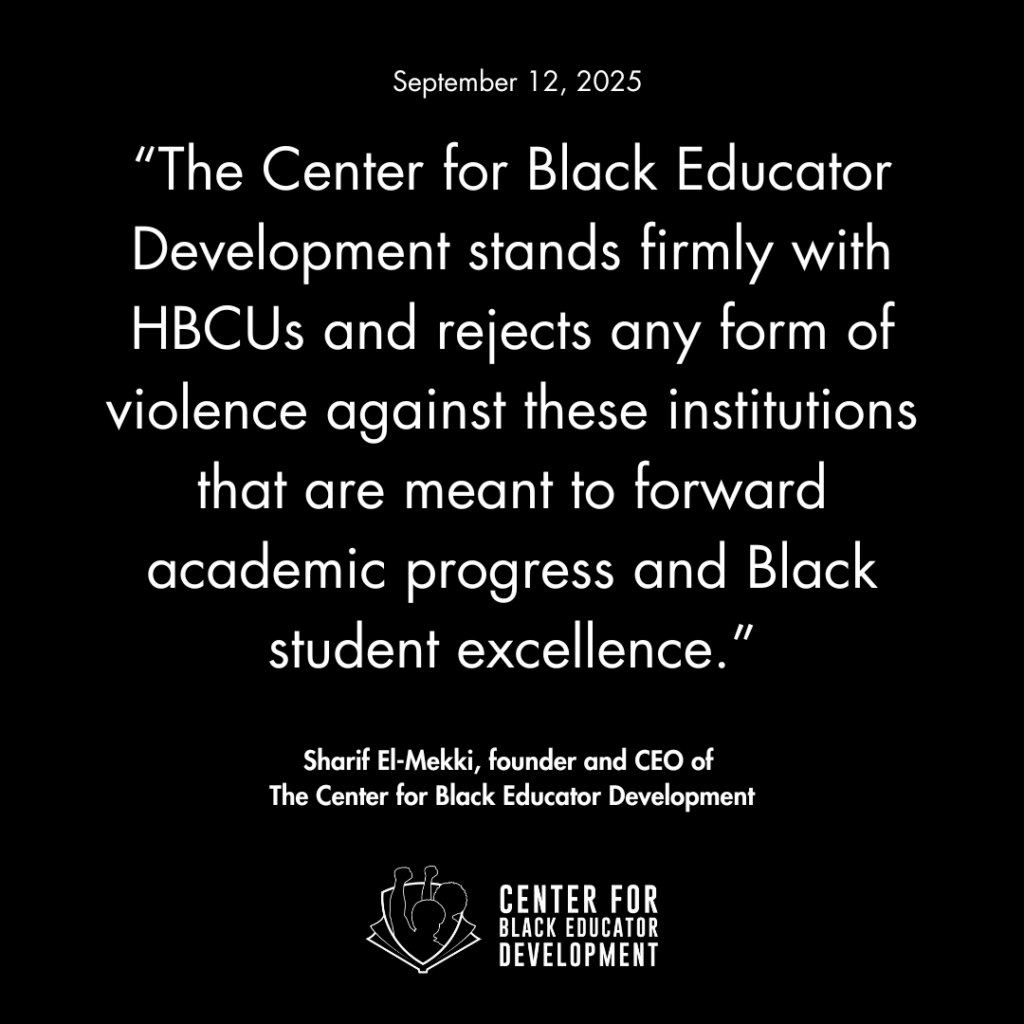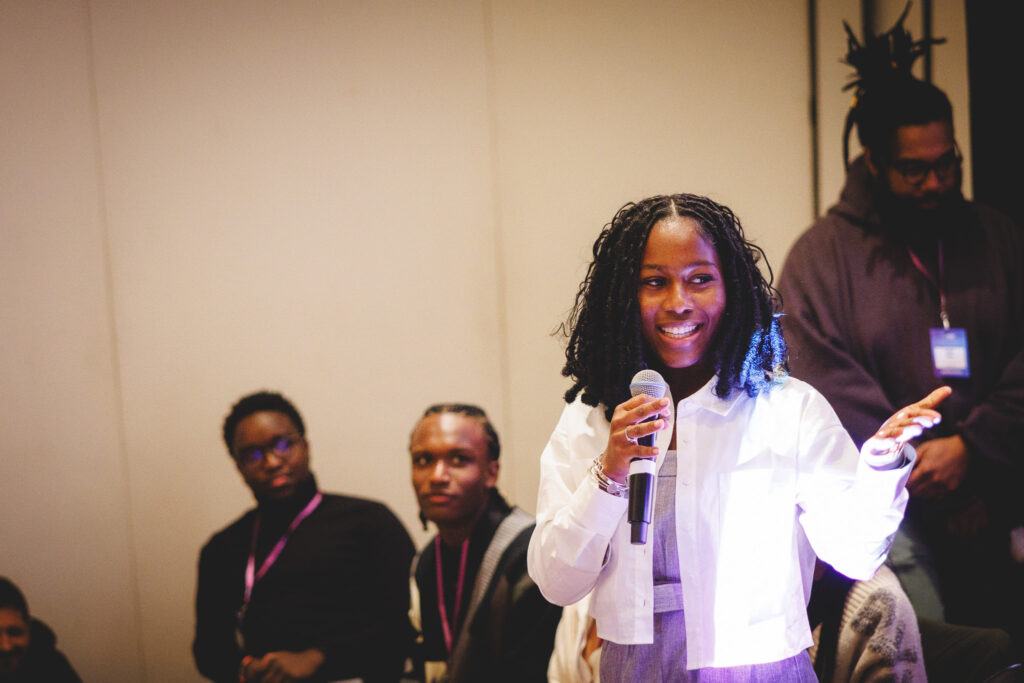Guest Commentary: Teacher praises affinity group’s intentional support
By Matt Amis and Alejandra Villamares for baytobaynews.com
July 9, 2023
Matt Amis is the director of communications and Alejandra Villamares is a media and communications specialist for Rodel, a statewide nonprofit that partners with policymakers, the private sector, philanthropy and practitioners to make systemic changes that can improve students’ lives.
Alena Warner-Chisolm, a 14-year veteran of Delaware schools (with stops in the Christina, Red Clay and Lake Forest districts) is an English language arts teacher at Stanton Middle School — and one of the first participants in the district’s Teachers of Color Affinity Group.

The groups — which Rodel helped catalyze in the Red Clay and Colonial districts — are not unlike professional support groups. Current classroom teachers, who facilitate conversations with their peers to learn, share and grow in their practice, lead them. In recognition of their leadership, these teachers receive additional pay from their districts for the extra time spent preparing and leading these groups.
By giving educators of color space to come together and support one another, the aim is to improve schoolwide culture and, eventually, boost teacher retention.
Rodel caught up with Warner-Chisolm to learn more about what’s happening at Red Clay’s affinity group.
Q: Do you remember how you first heard about this affinity group that was forming with your district?
A: The first time I heard about the Red Clay affinity groups was through a flyer emailed by Dr. Tawanda Bond, Kim Lopez and Mark Baxter to interested teachers. My initial interest is due to two factors that I experienced before coming to Red Clay. The first is my teaching background. Throughout my entire career, I worked with very dynamic students, and I noticed that there was a pattern of a high-turnover rate, and high-stress and low-morale climates. So, to combat those feelings, I would socially de-stress through sharing stories, affirming my purpose and providing and receiving practical support from my colleagues. Those social times brought me joy and moral support and kept me invested in my career.
The second factor is my role as an educator. As an educator, you have so many roles, which can be mentally and physically time-consuming, which leads to more stress. So I started being intentional about creating social activities where we can build camaraderie through emotional, mental and educational support. I noticed that our social groups really helped with teacher retention, lowering stress and higher morale.
And so, when I first saw affinity groups here at Red Clay, I immediately recognized the importance of creating an intentional space for educators to bond and support each other, especially with both the pre- and post-COVID-19 challenges that educators face daily.
Q: How can something like this affinity group — where you’re creating a space for teachers of color — make a larger impact?
A: A lot of times, as a teacher, I feel like I’m on my island. I often think I’m the only one that has to juggle the mental health of my students, my mental health and serious social issues because of the gaps of service in the community. Teaching is a job of service, so I’m constantly trying to figure out, how do I teach the whole child? And, if I’m doing that in a silo, it’s extremely draining.
This is why affinity groups are so necessary, because educators come together in a specific time, space and format to be heard and supported to create equitable policies.
Q: What does it mean to be a teacher of color and have this space where you can come together with fellow teachers of color, and what does that do to the culture at a school?
A: Well, for me, teachers of color are on a spectrum of differences, even though we may or may not “present” as teachers of color. For example, I have a duality of presenting as an African American but being raised within Trinidadian culture. So I wasn’t taught, both in school or at home, about the historical systematic implications of race, but I’ve experienced it throughout my life. So to be a teacher of color is to be part of a large community that is very diverse — not a monolith of experiences or background but who share many commonalities.
In terms of having the affinity spaces, one of the first aha moments I had when we were brainstorming for affinity groups was when we created our mission statement: to create a safe space for educators to feel heard, connected and supported to be their authentic selves to enhance their personal and professional responsibilities. That spoke to what I was trying to do years before I came to Red Clay: create a space where I can be myself and not feel like I have to tiptoe around issues of race and inequity of opportunity for both educators and students. Ultimately, when my students and I show up authentically, it creates a culture of bonding, equitable policies and environments that allow all to thrive.
In converse, I noticed disparities from questioning the status quo, like “Who has the privilege in my school?” “Who has the opportunities in my school?” “Who are in my honors program? My AP programs?” “Who is being heard and influencing administrators’ decision-making?” In inequitable environments, I didn’t stay at those schools long, but in the schools that prioritized equity in practice, I flourished.
Q: Take us inside what the initial affinity group meetings have been like.
A: Participants seem most excited to speak their truth. At first, we get to know each other through social conversations and an overview of our interests. This is the welcoming time. Afterward, we create mutually agreed-upon norms to allow all voices to participate meaningfully. Then, we use a data-based structure from an anonymous survey to discuss the “why” behind the responses, which leads to reflection, discussion and sharing. Finally, we have a closing that utilizes the Courageous Conversation Compass to reflect further on each participant.
By our second meeting, it was refreshing to know that the participants could speak their truths and feel heard. As an educator of color, I am either fighting for equity or leaving for somewhere I’m accepted. And now, I don’t feel like I’m alone.
In addition, during the meeting, the participants and facilitators shared resources to provide opportunities that were not known before, which was great, as well.
Q: How will the affinity group evolve over time?
A: I definitely know that we want this to be sustainable. Through an equity lens, we want to create policy changes of our strategic plan that support the retention and the enticement of educators of color and educators that are allies in supporting our diverse students.
We will continue to partner with leaders of equity to provide training for affinity leaders so that our work is done with fidelity. In addition, we are currently in our recruitment phase for more affinity participants and leaders.
Q: What is the basic structure of an affinity group meeting?
The structure comes from the Center for Black Educator Development and the Courageous Conversation frameworks. The center provided facilitators with multiple days of training to design the structure of our groups, and the Courageous Conversation training provided us with the tools to facilitate discussions within our groups.
Q: How can educators get engaged with the affinity group today?
Right now, with the pilot year, the participants are set in stone. However, we are currently in recruitment for facilitators to begin the training and also new participants! We are all excited to see the group expand, as many who have participated this year are interested in facilitating their groups for the upcoming school year.
Q: And it sounds like really positive feedback from participants so far.
A: Absolutely. At the end of each session, we do a check-in with participants, using the Courageous Conversation Compass, in terms of their beliefs and feelings about the session. And a lot of people are sharing, “I believe that this is going to really support teachers.”
